Step back to the 1930s on Staten Island, and you’ll find a landscape deeply affected by the Great Depression, yet also teeming with the spirit of community. This was a decade marked by struggle and transformation, a time when Staten Islanders faced hardships but also found creative ways to make the most of what they had.
The Great Depression Hits Home
The Great Depression left its mark on every corner of America, and Staten Island was no exception. Jobs were scarce, and many families struggled to put food on the table. Soup kitchens and breadlines became a common sight, even in neighborhoods that had once known prosperity. However, in this hardship, the community pulled together—neighbors helped neighbors, and the spirit of cooperation was strong.
Schools played a critical role during this time, not just for education but also for providing free meals to children. Teachers often went above and beyond, aware that their classrooms provided a semblance of normalcy and routine during chaos. Despite the lack of resources, schools became the foundation for future growth, embodying the community’s hope for a brighter tomorrow.
The Home Garden Movement
With jobs hard to come by and food prices rising, many families turned to home gardening as a means of self-sufficiency. Empty lots and backyards transformed into miniature farms, bursting with vegetables, fruits, and even small livestock. The practice was so prevalent that it led to community competitions for the best garden, often covered in the local Staten Island Advance newspaper.
Escapism Through Music
Despite the economic hardships, the 1930s were also a time of cultural vibrancy. Jazz was the heartbeat of the decade, and Staten Island had its fair share of dance halls and live venues where people could escape their troubles, at least for a night. Spots like the Stork Club became local legends, hosting not only bands but also dance competitions that drew people from all over the borough.
Ships and Ferries
The bustling Staten Island waterfront was a hub of activity, even in the hard times of the 1930s. The Staten Island Ferry was more than just a way to get to Manhattan—it was a symbol of the outside world, of opportunity, and for some, a daily escape to a life less confined. During the summer months, families would often take the ferry just for the sheer pleasure of being on the water, relishing the cool breeze and the freedom it symbolized.


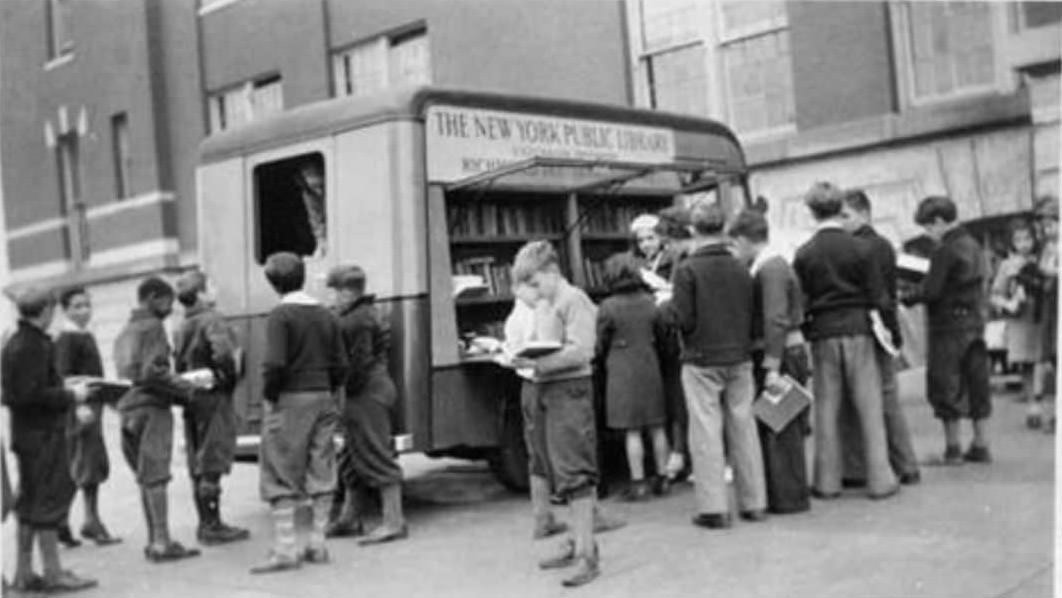
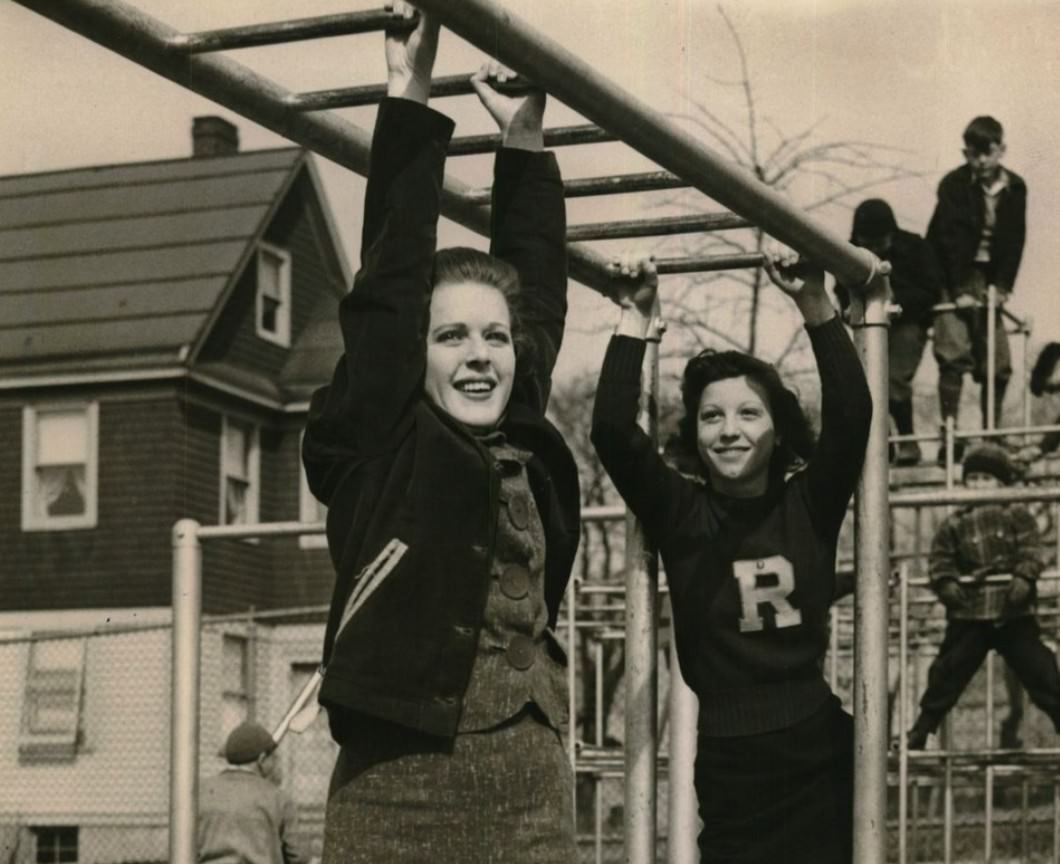
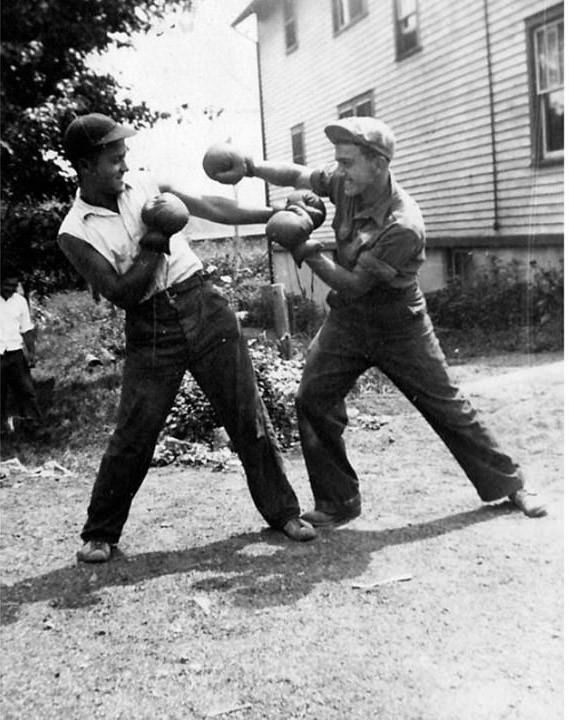
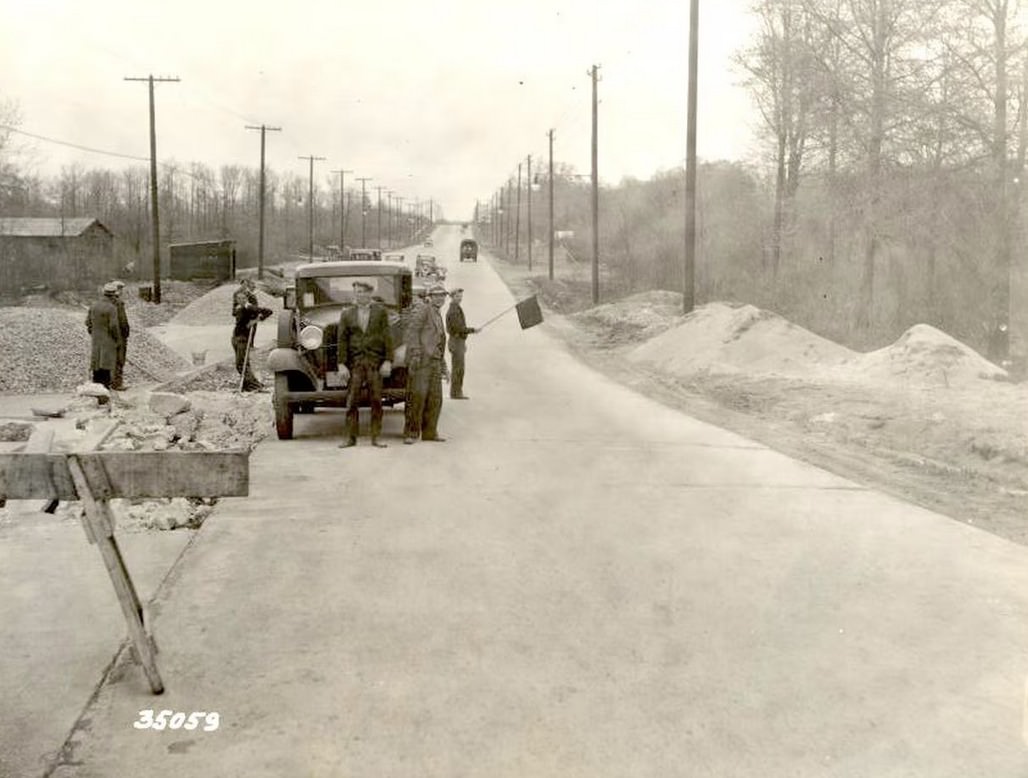

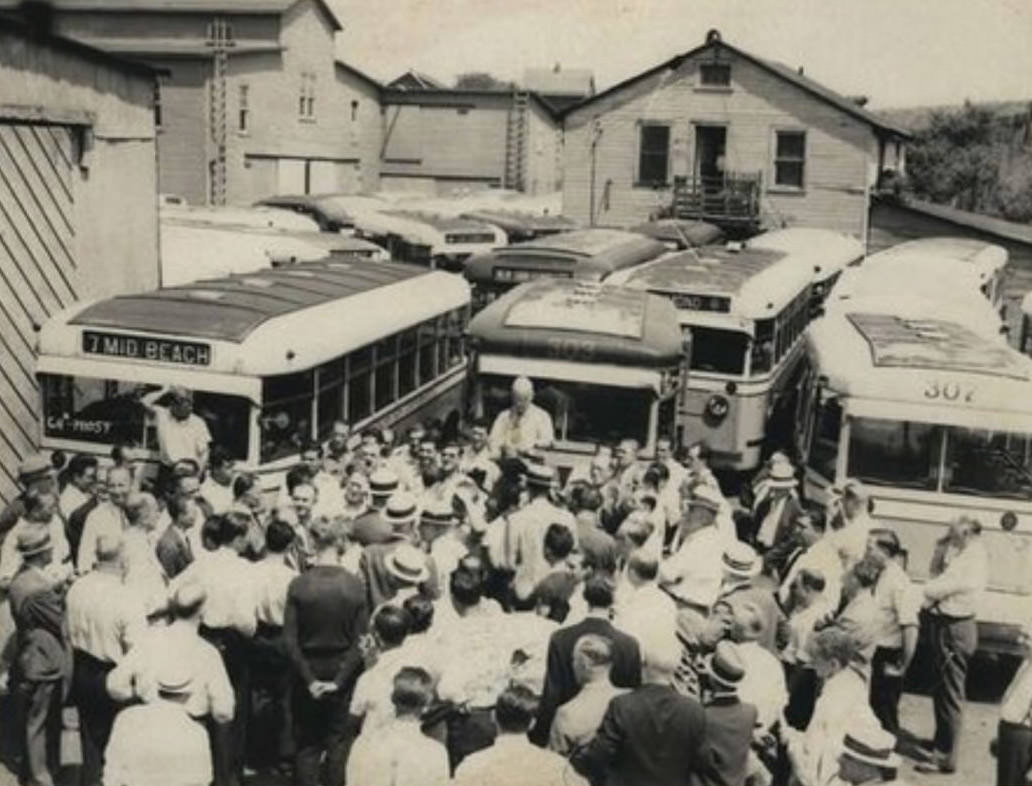
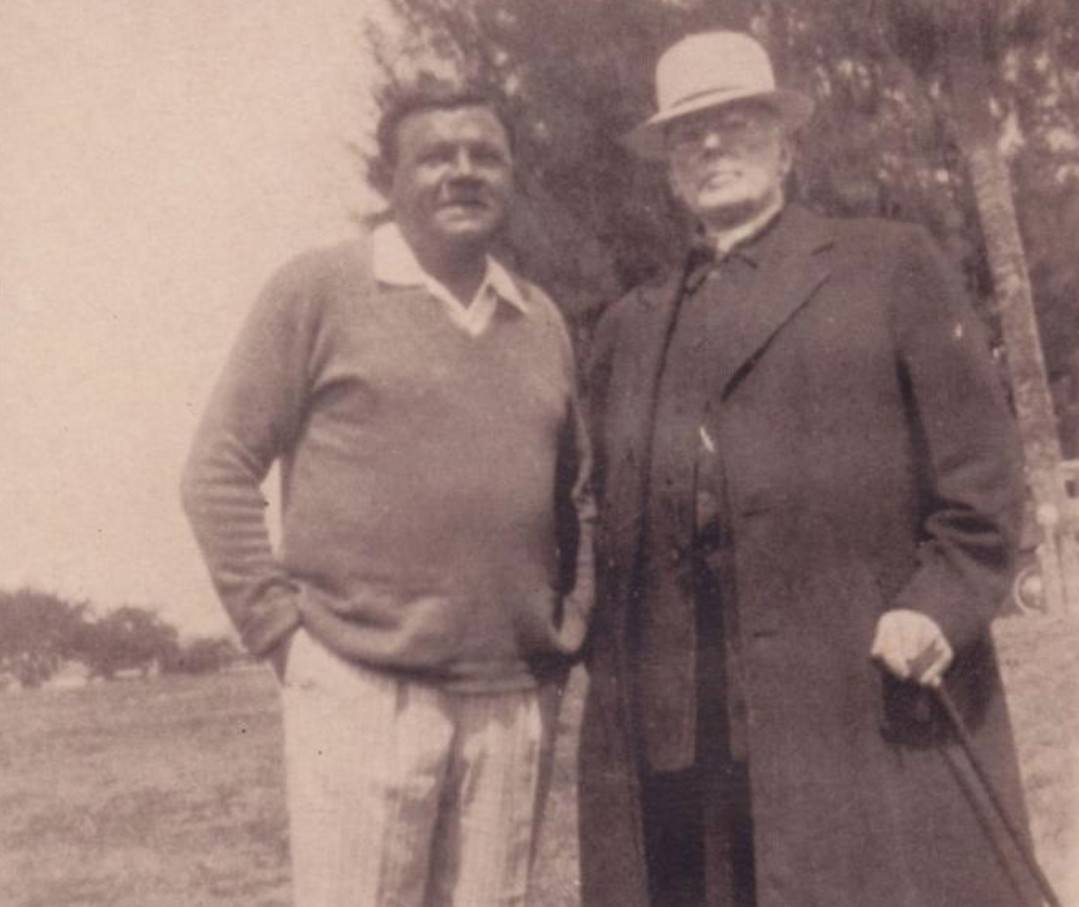
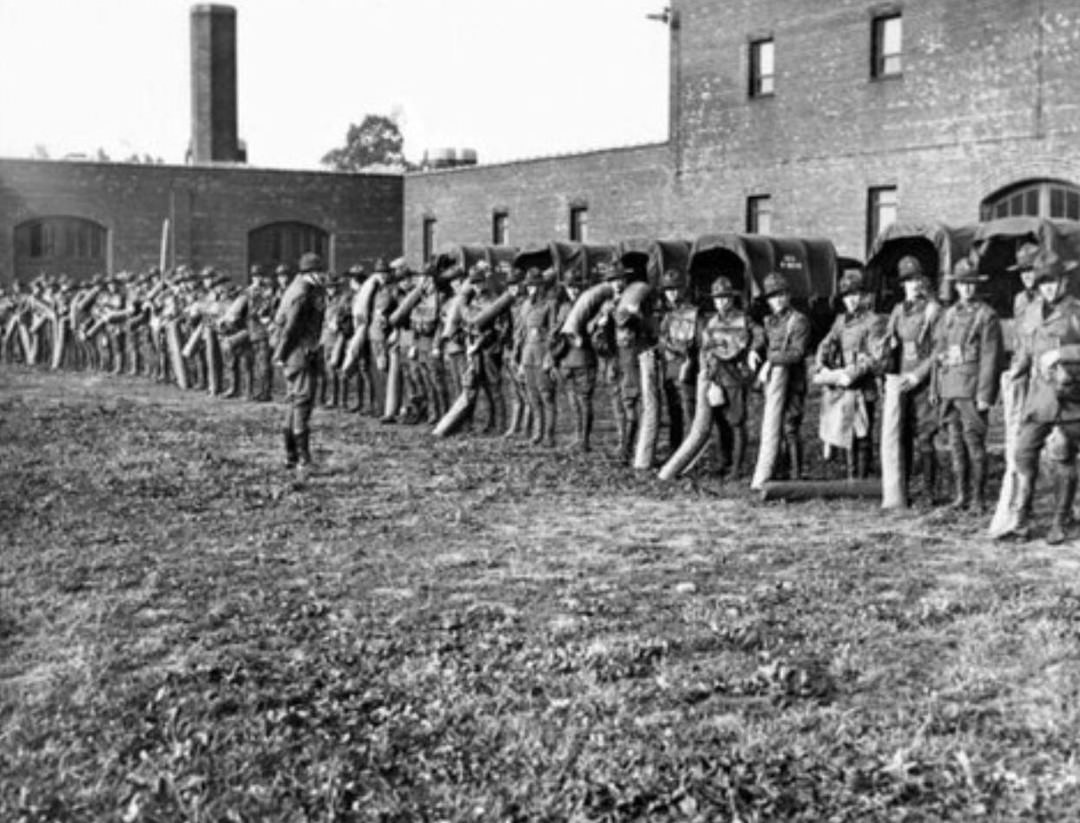
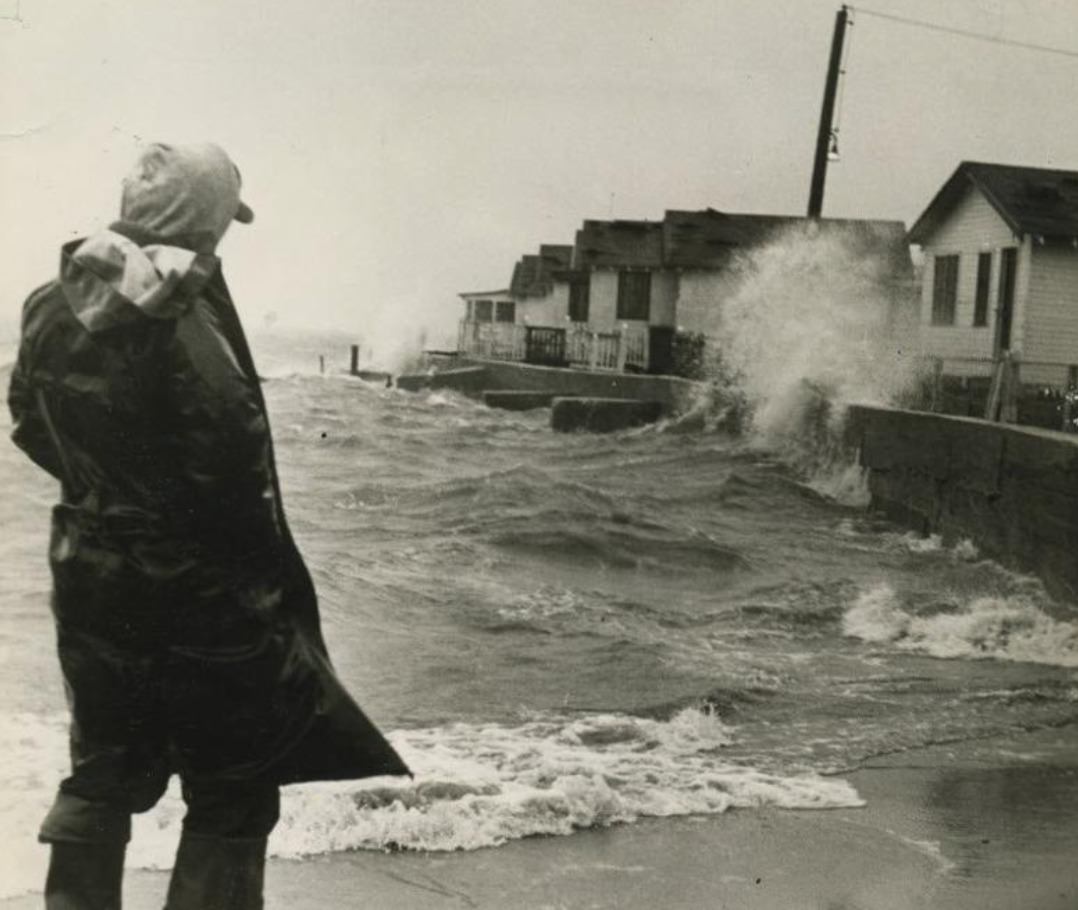
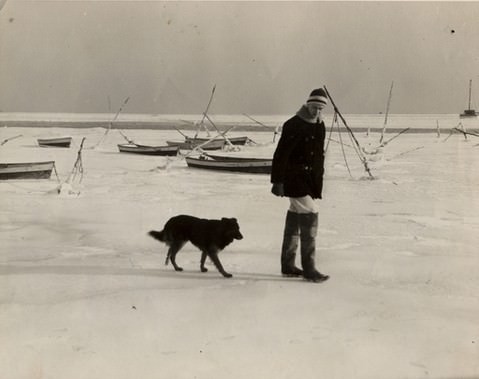
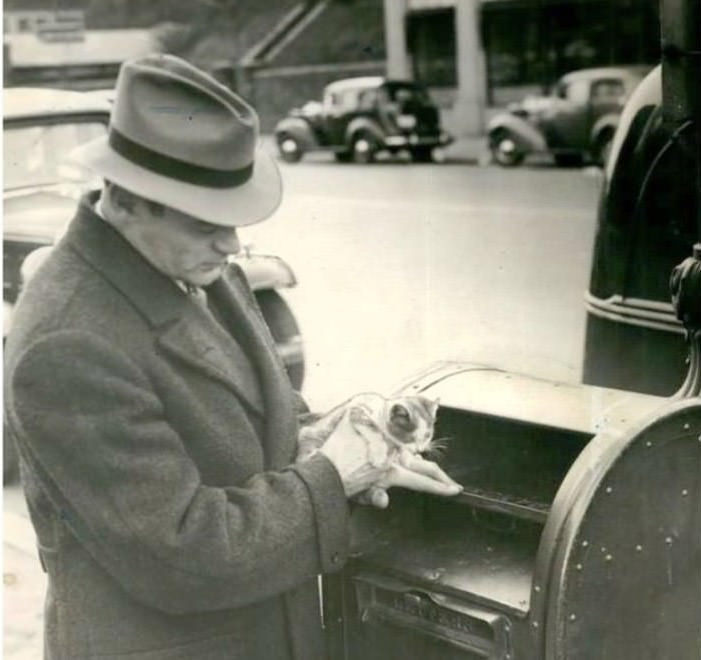
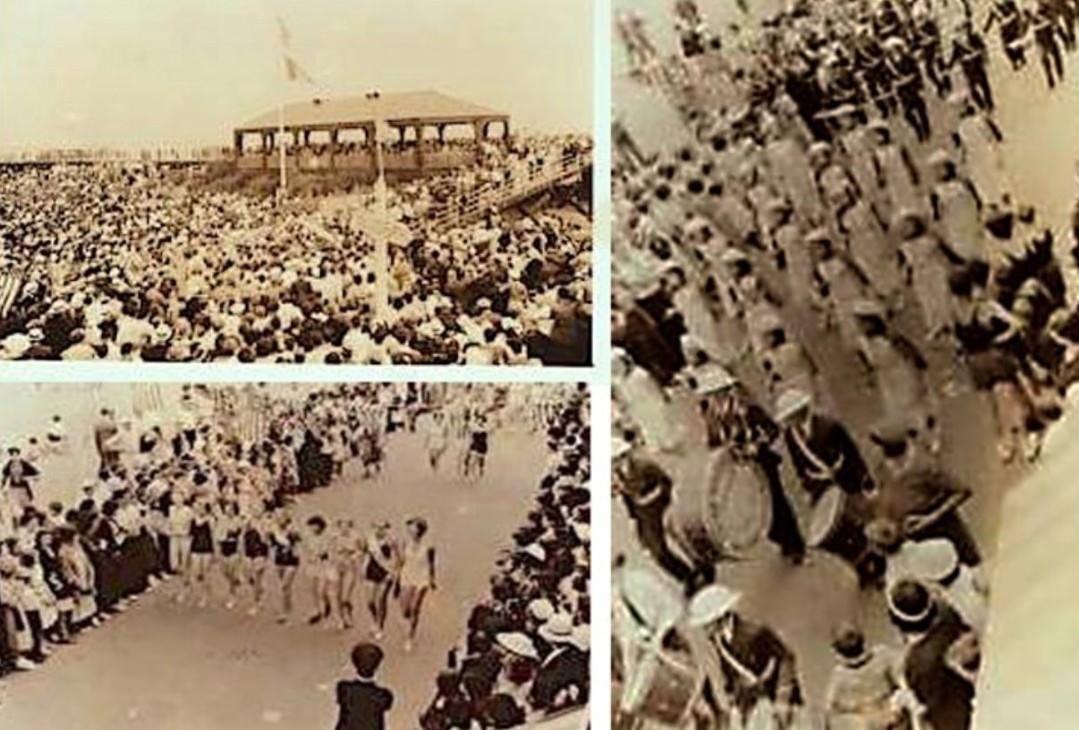
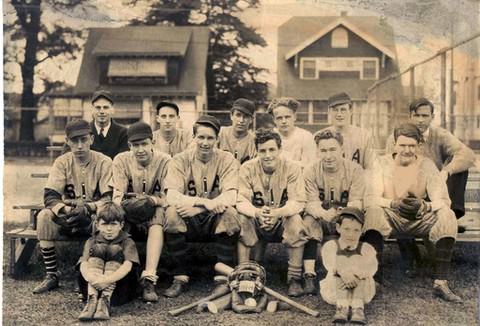
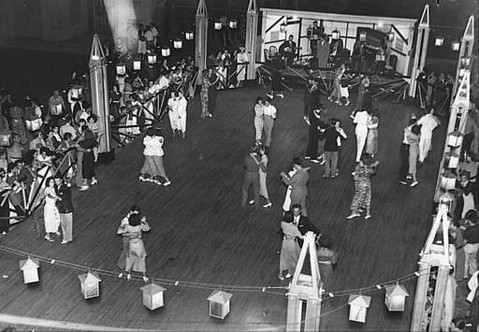
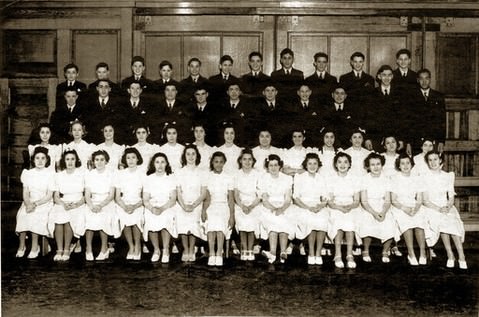
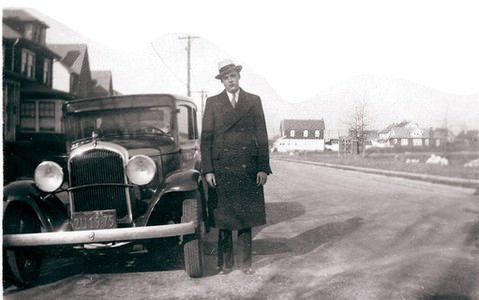
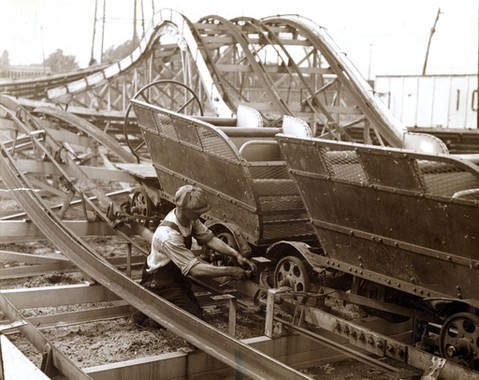
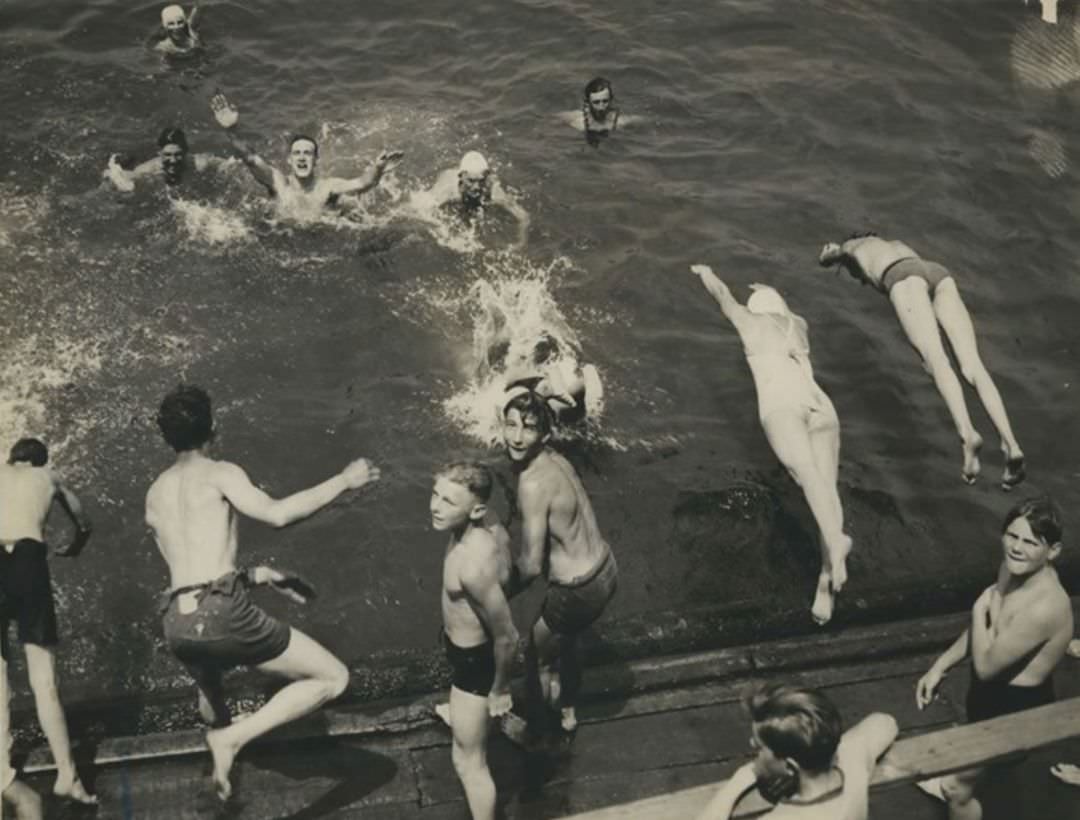
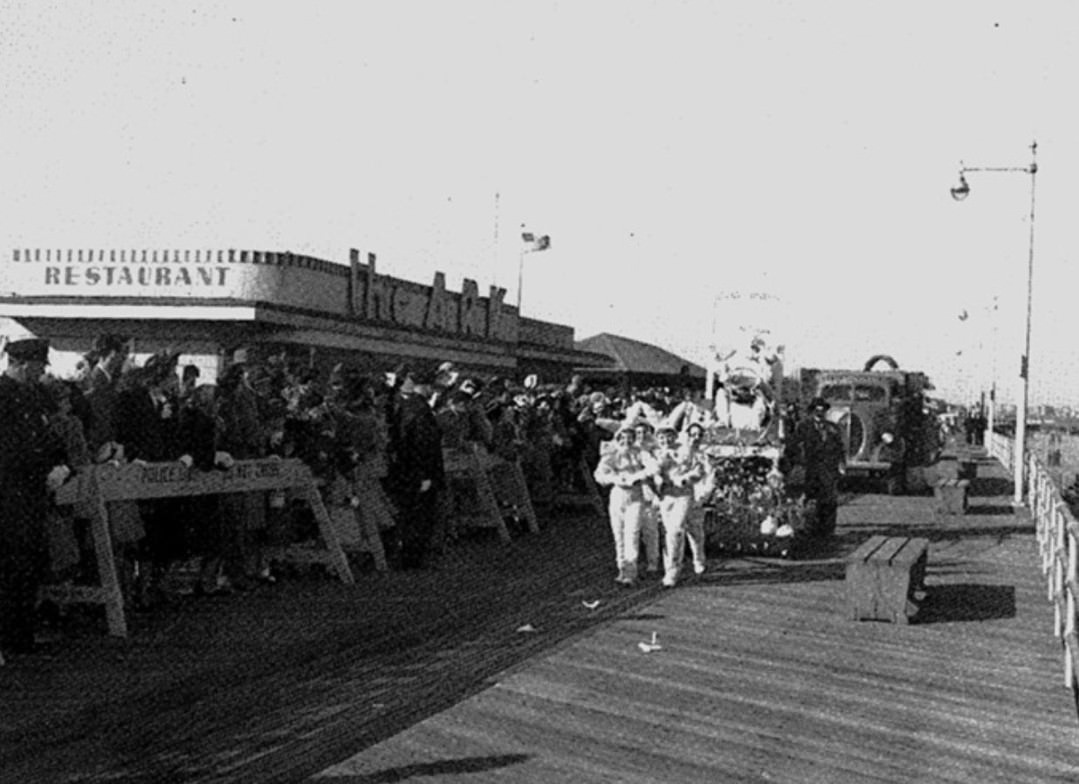
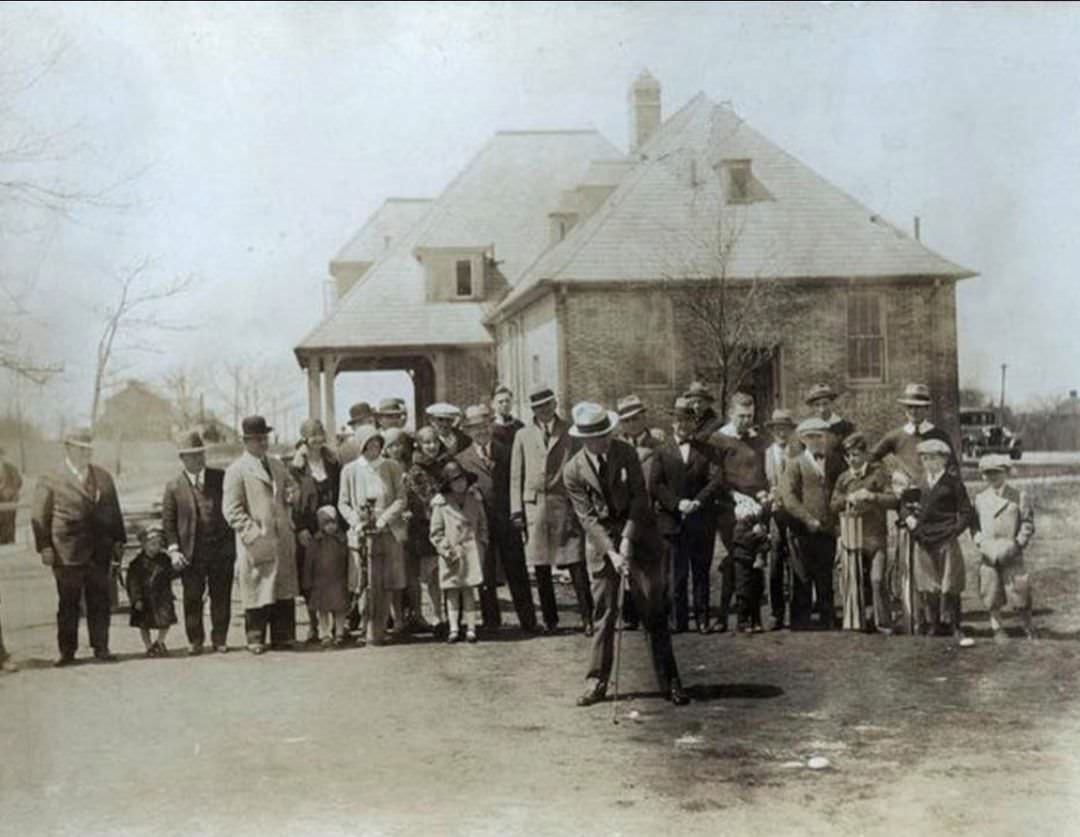
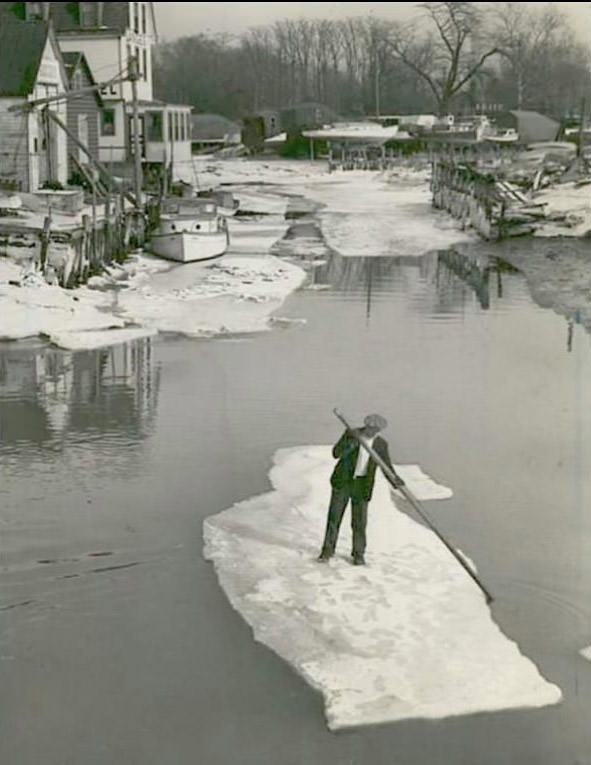
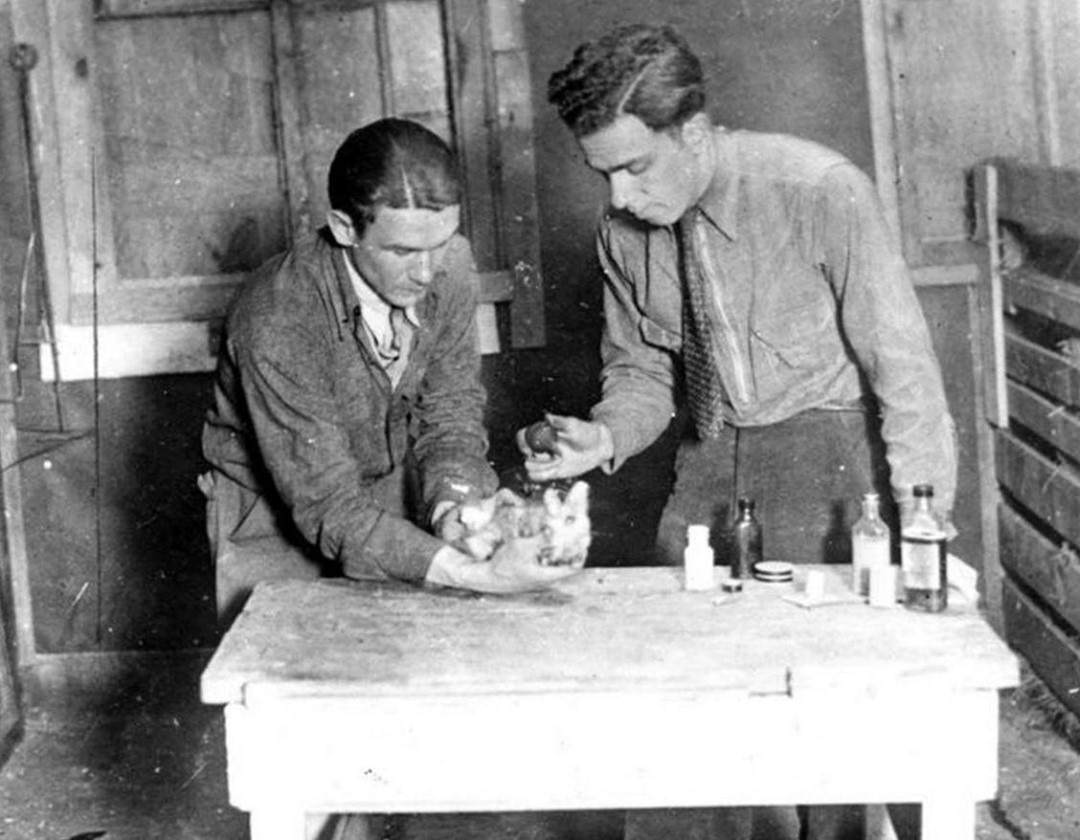

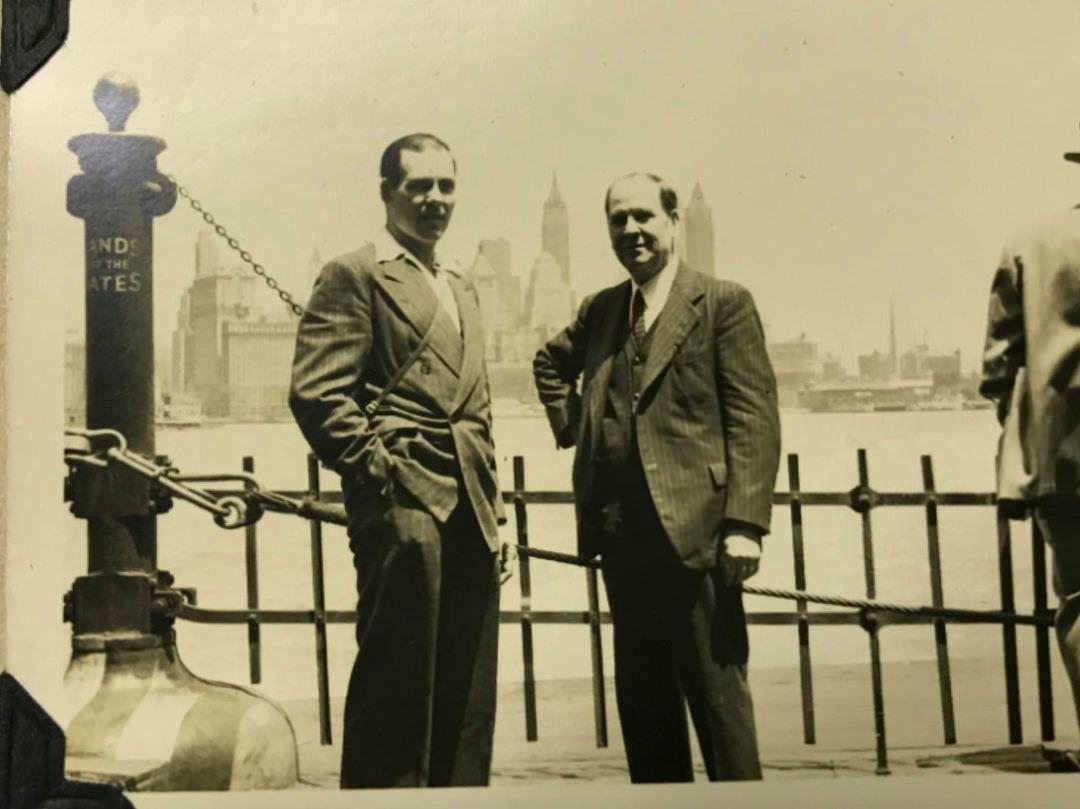
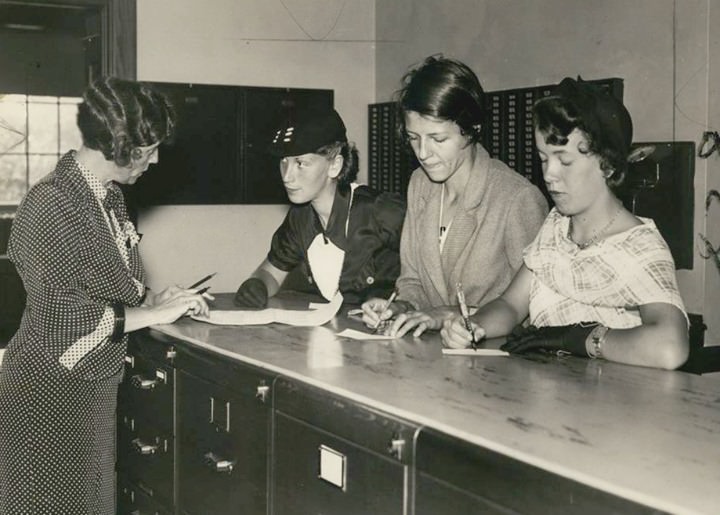
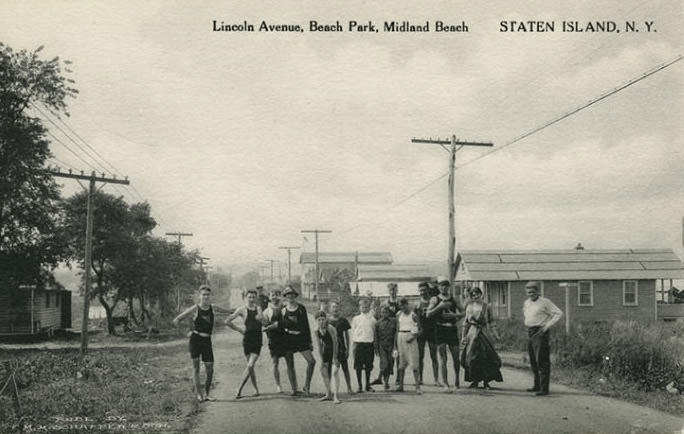
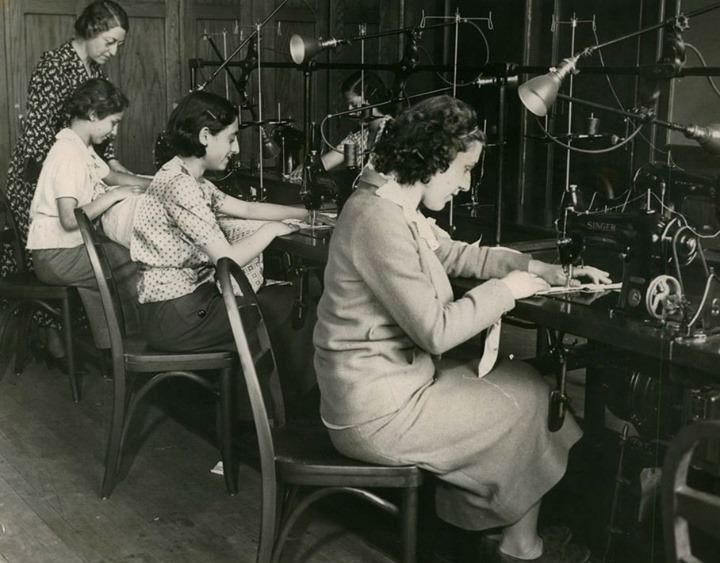
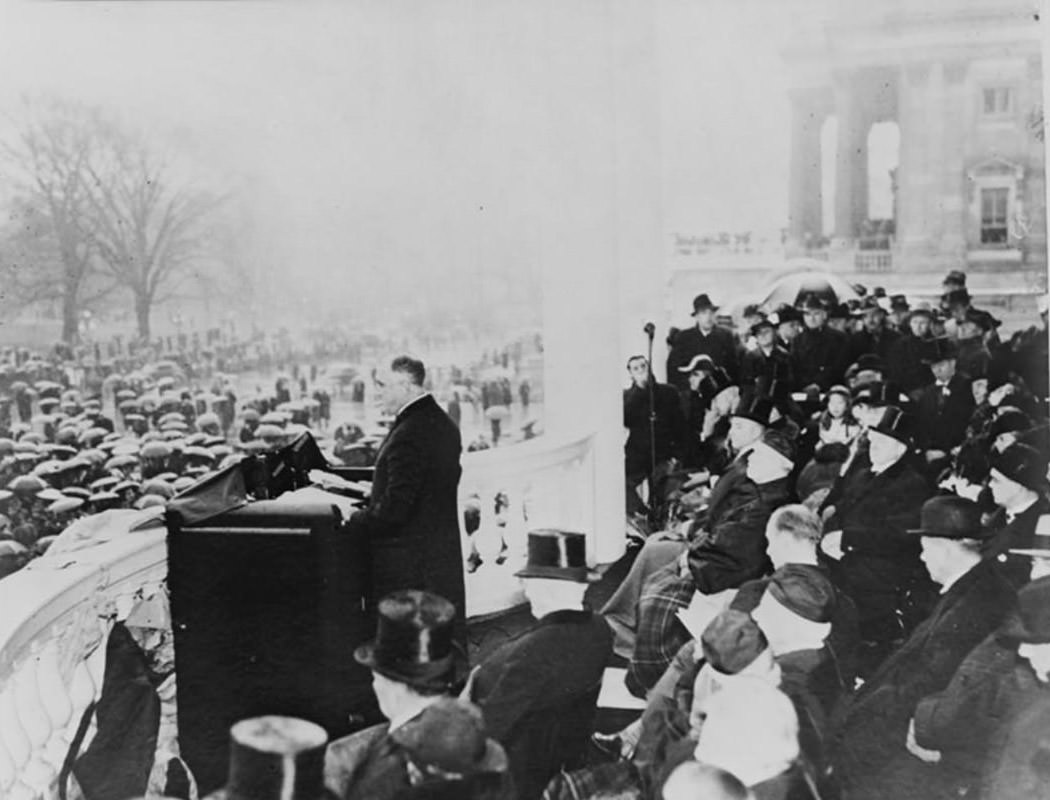
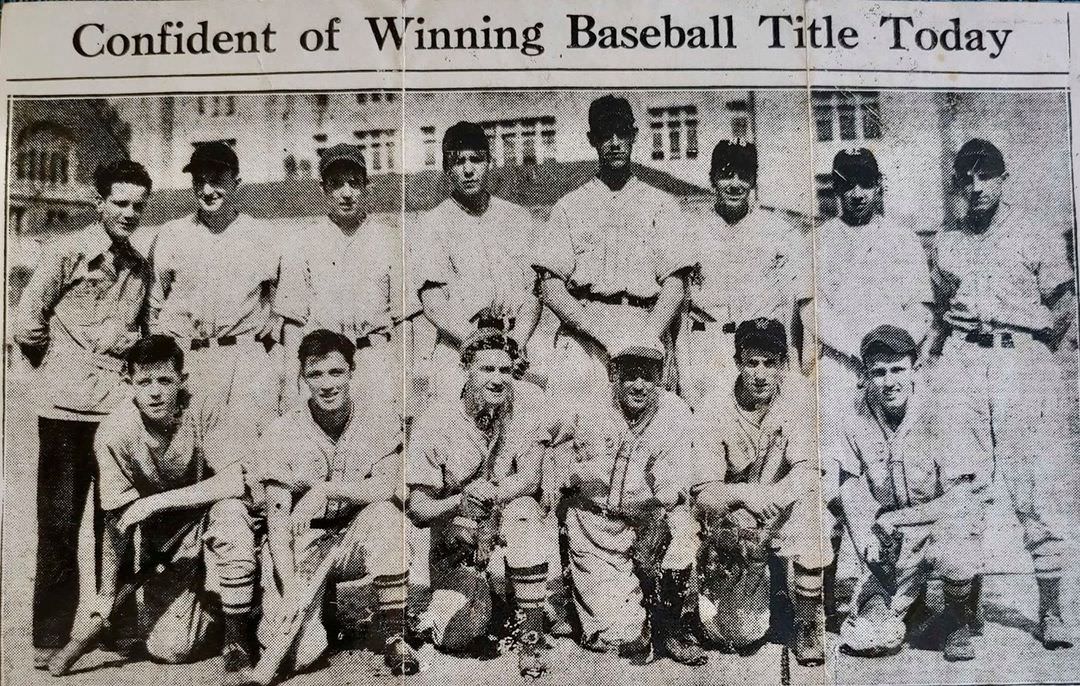
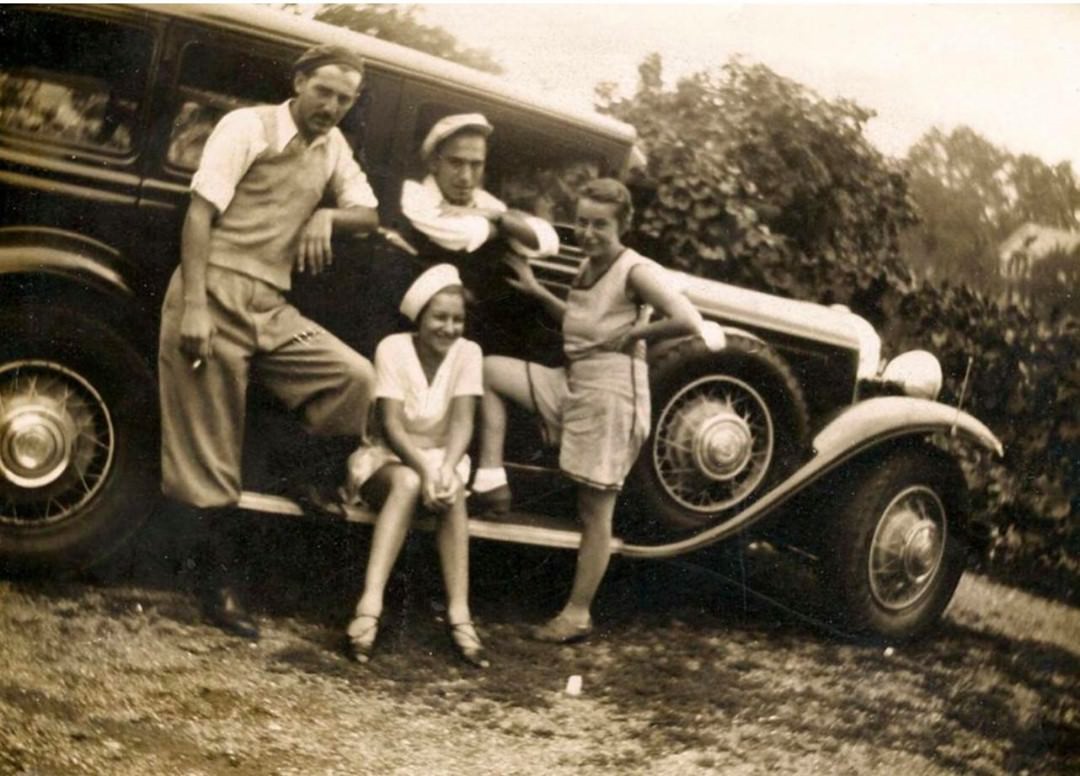
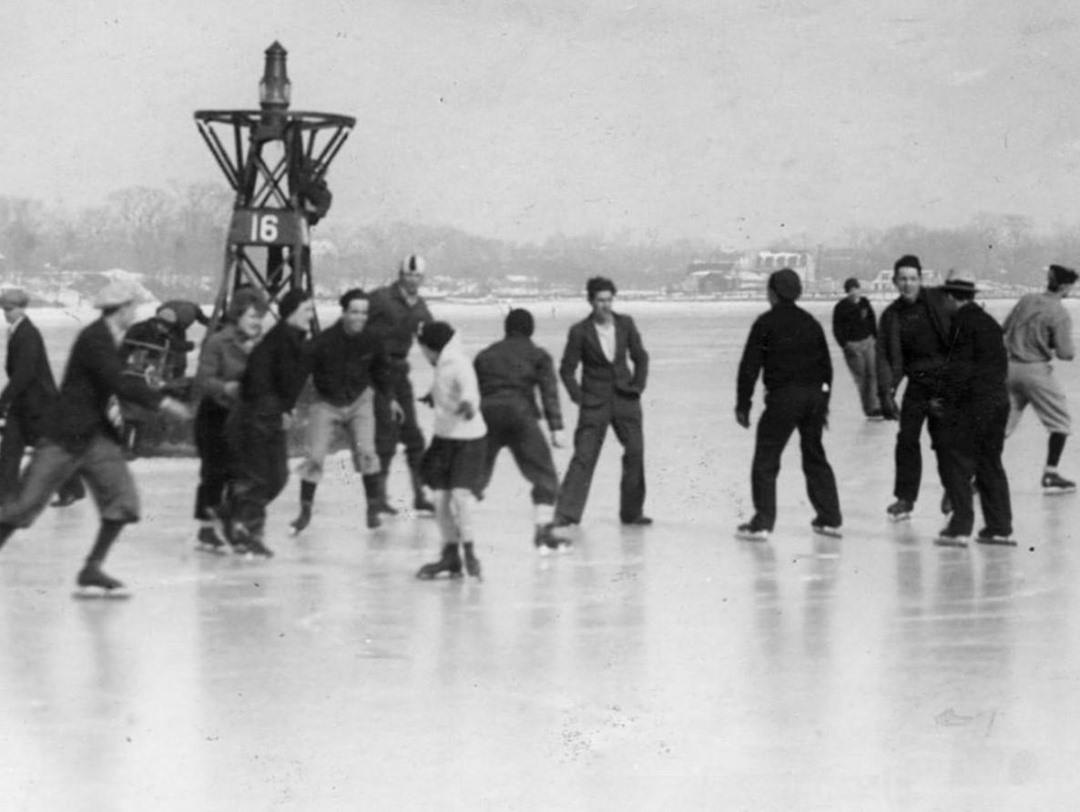
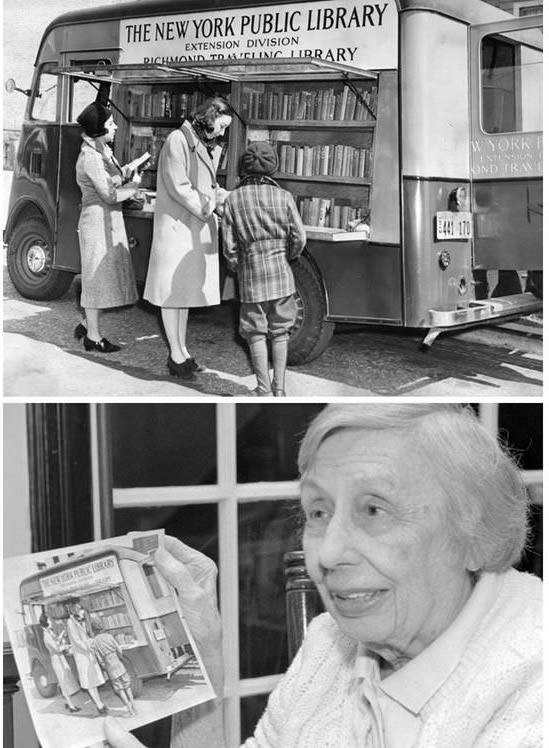

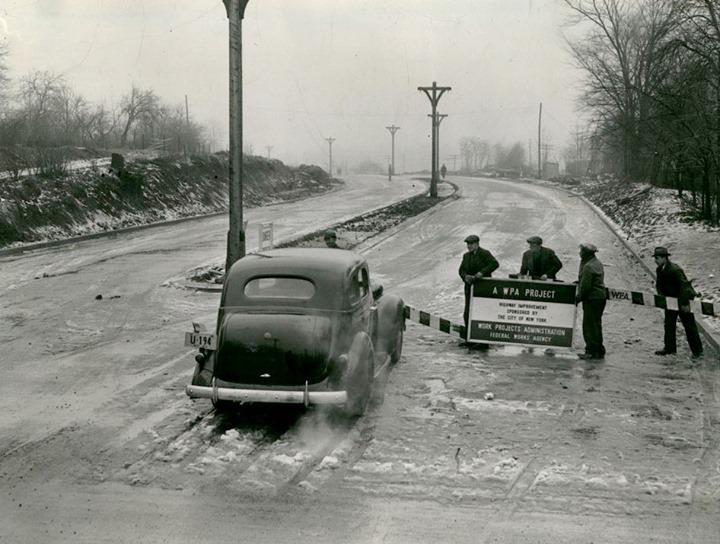
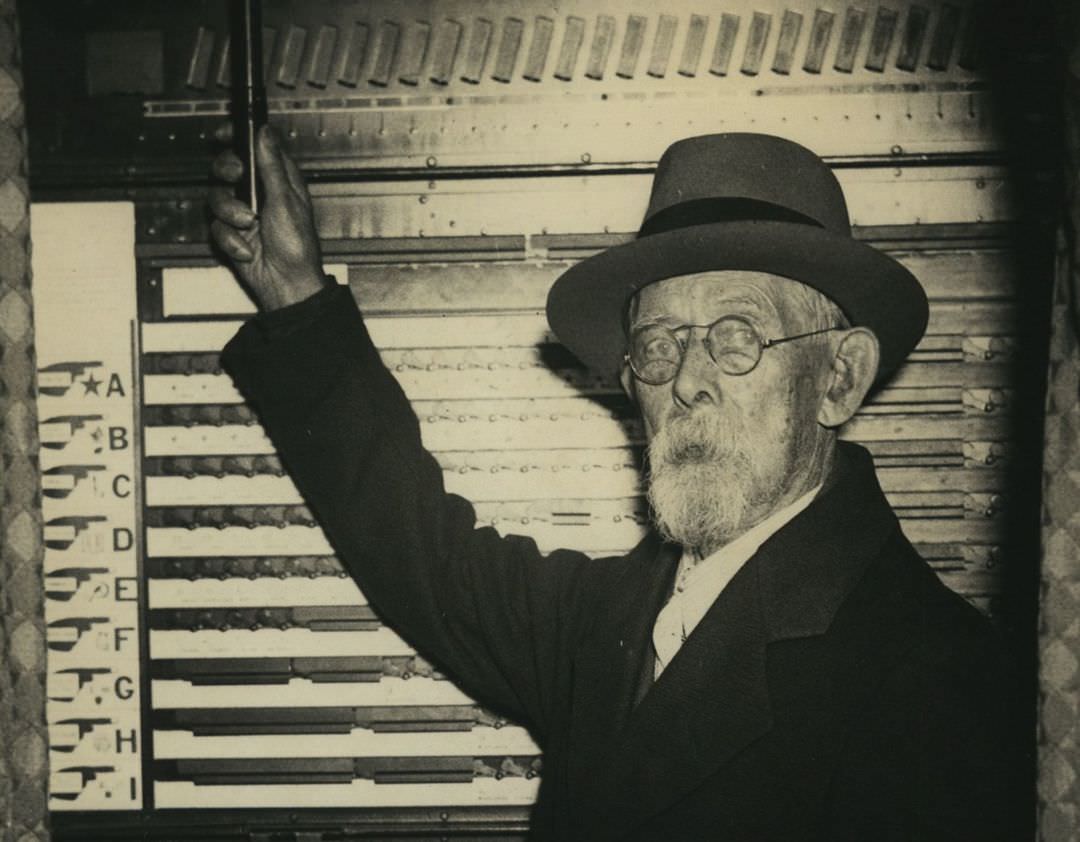
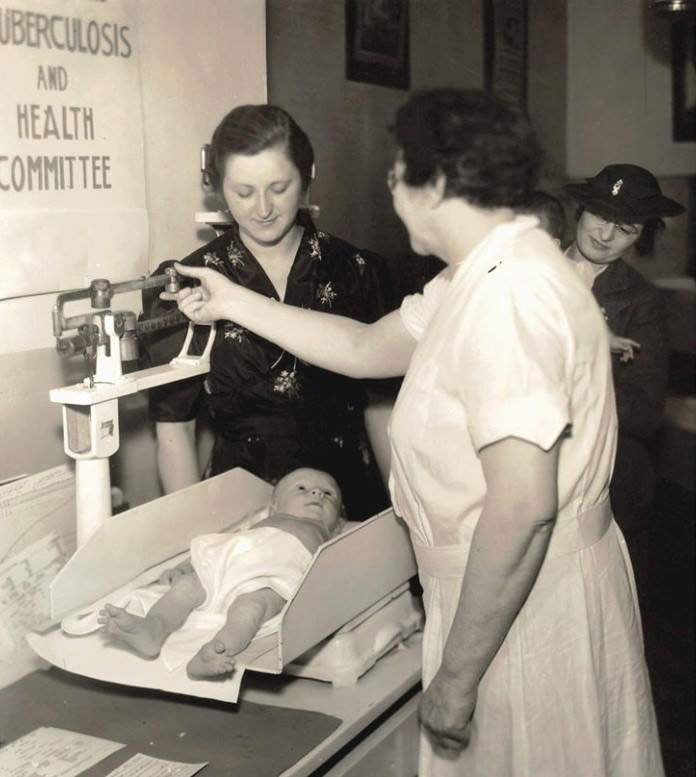
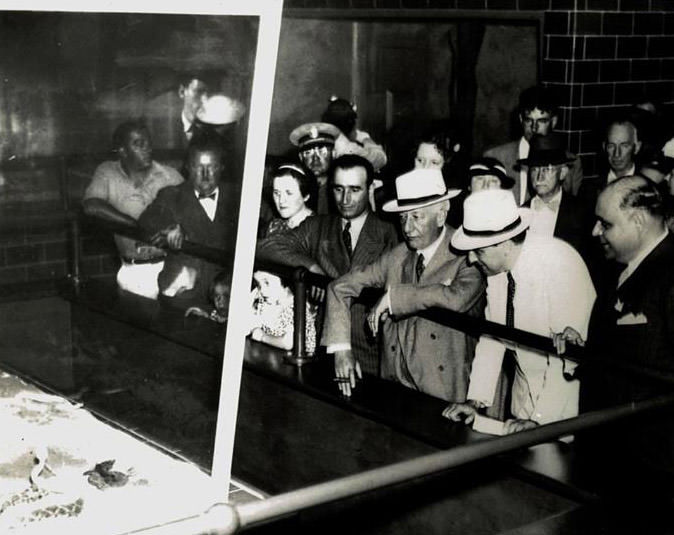
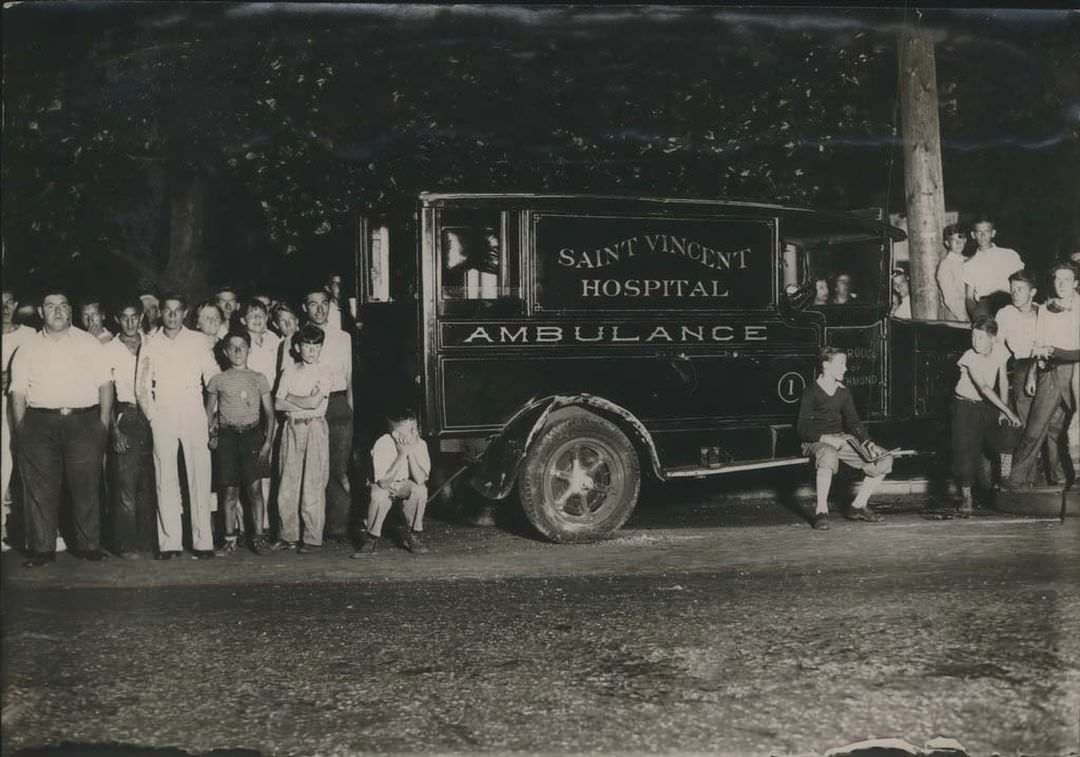
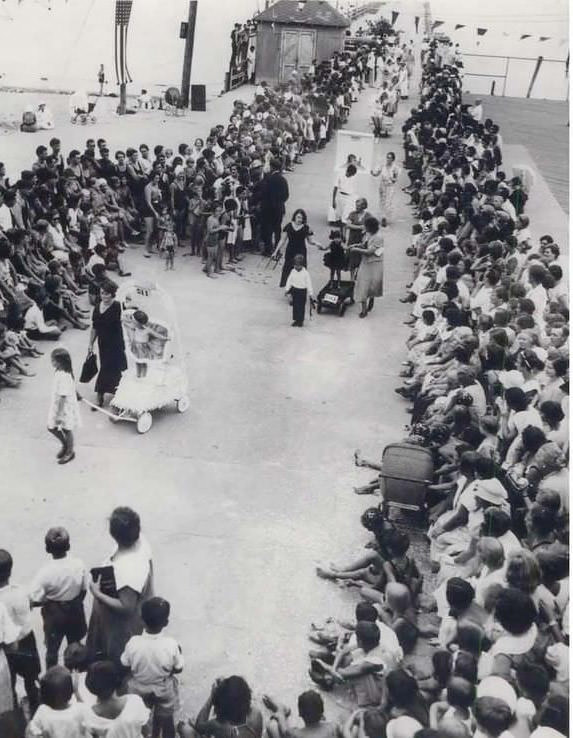
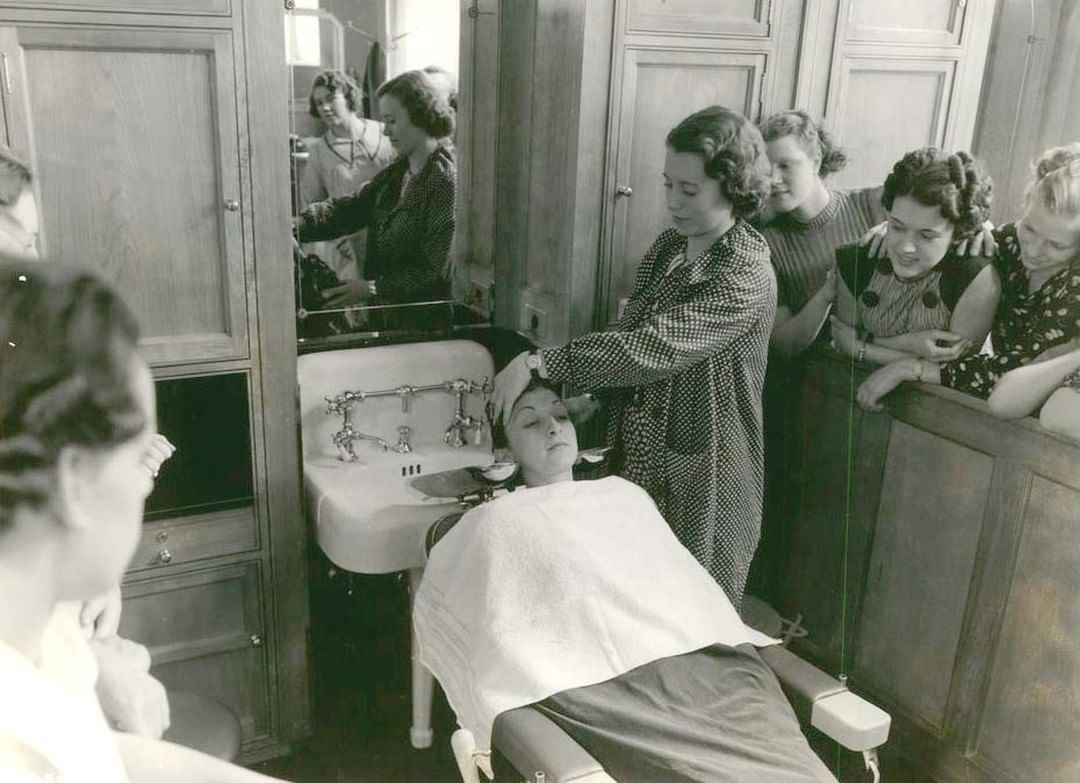
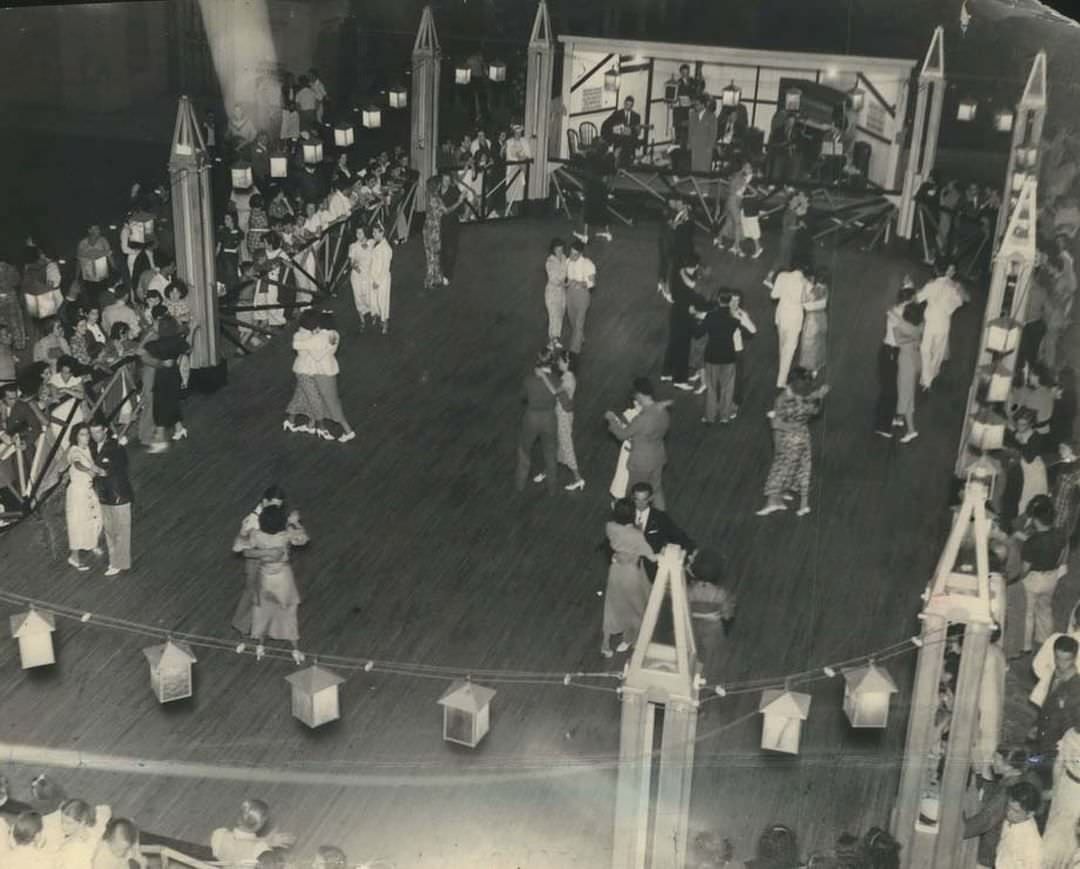
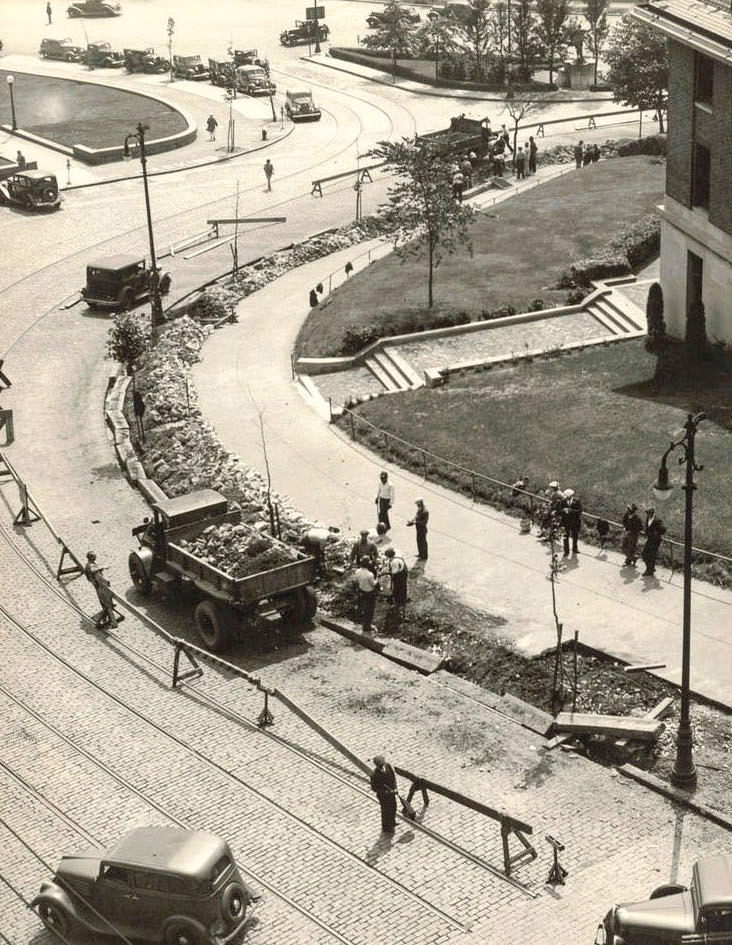
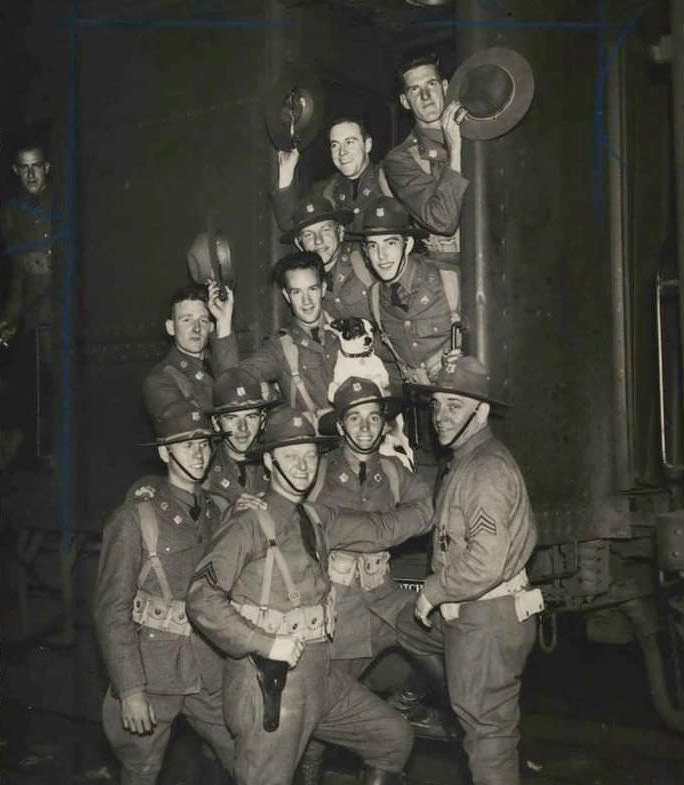
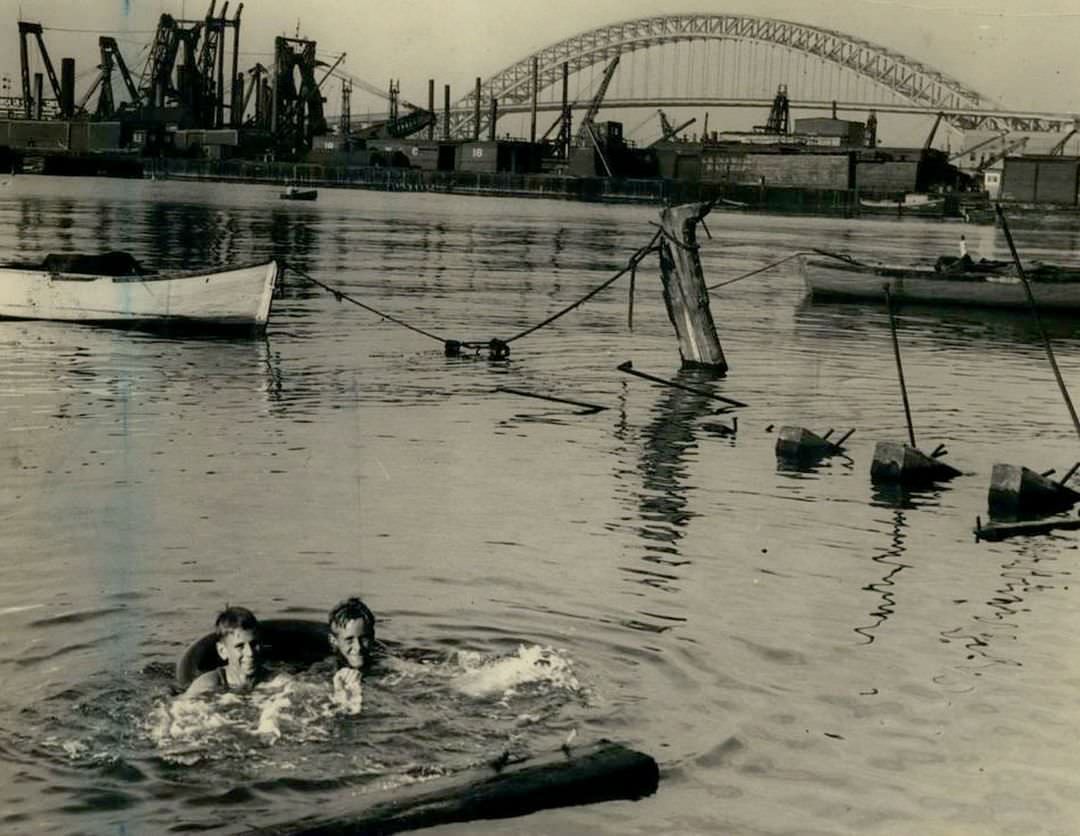

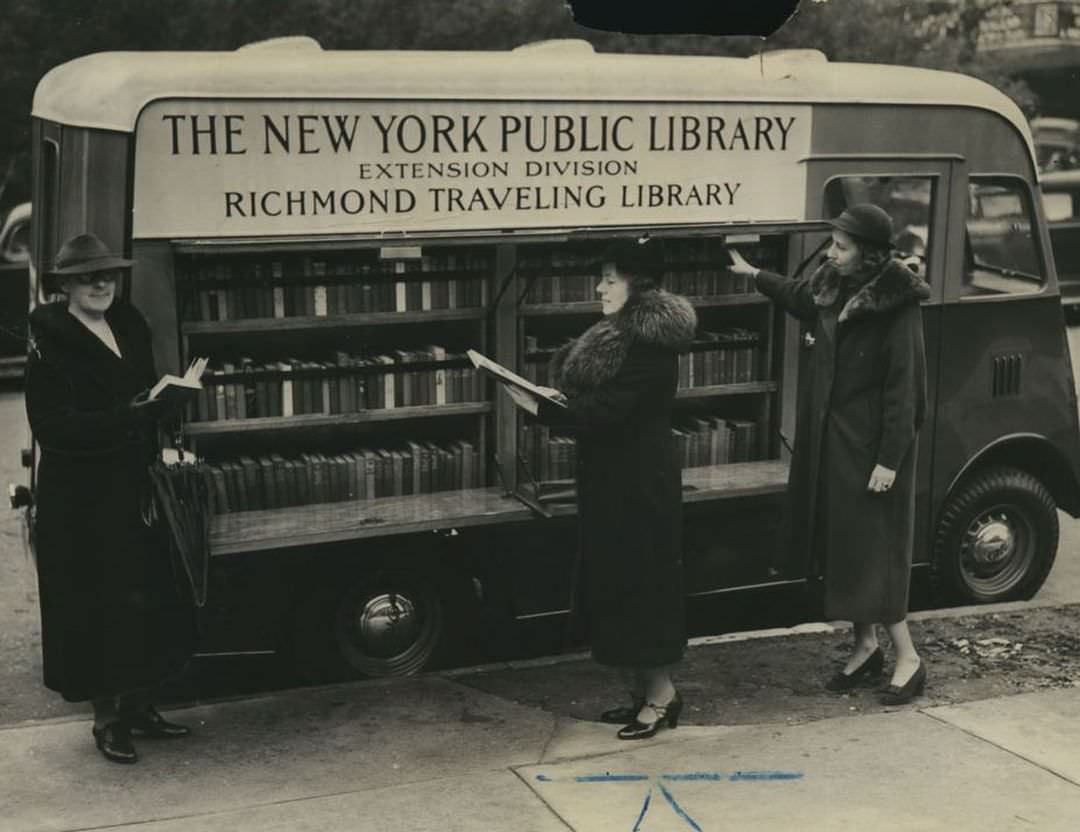
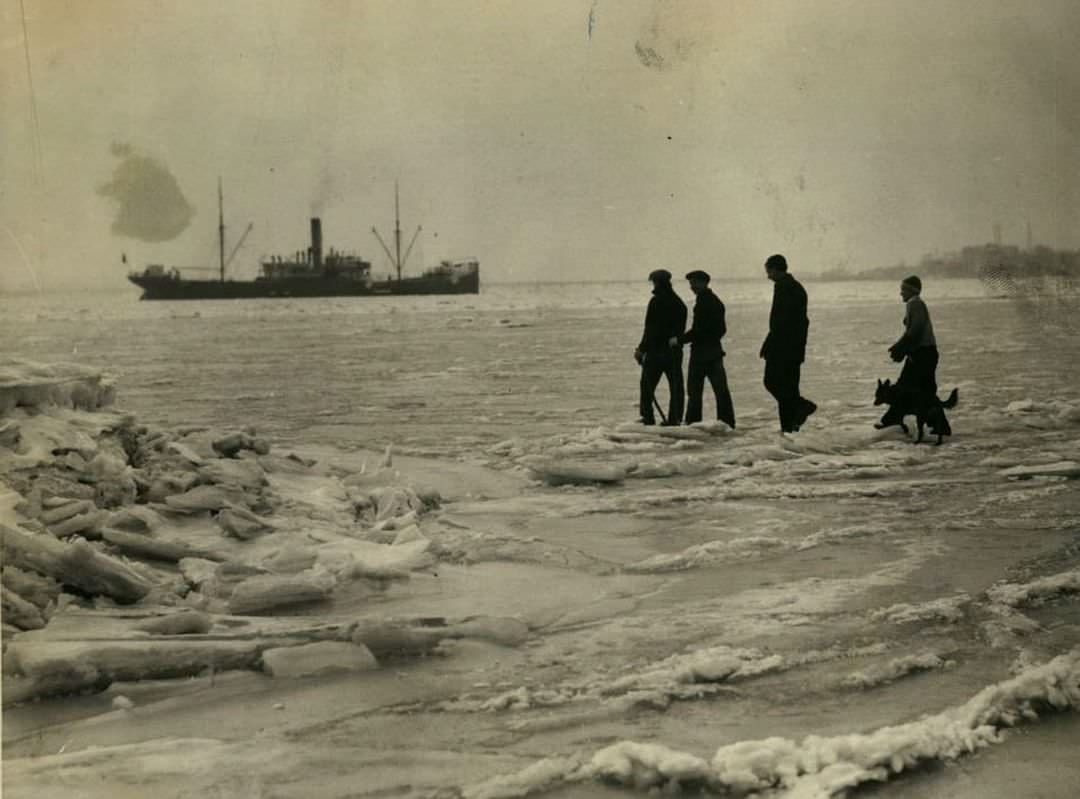
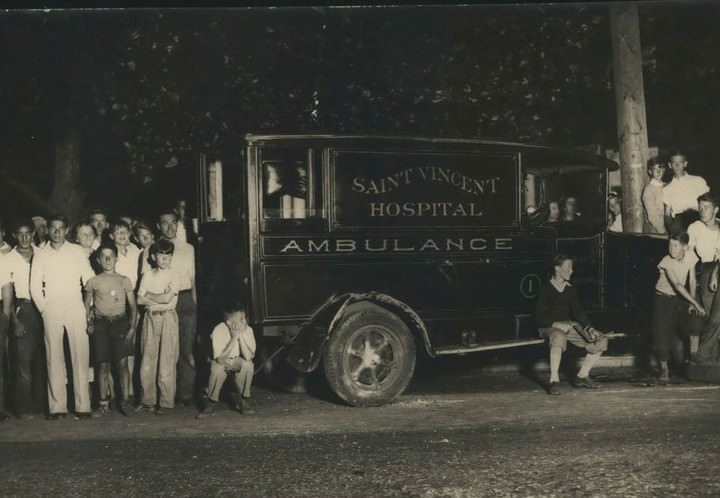
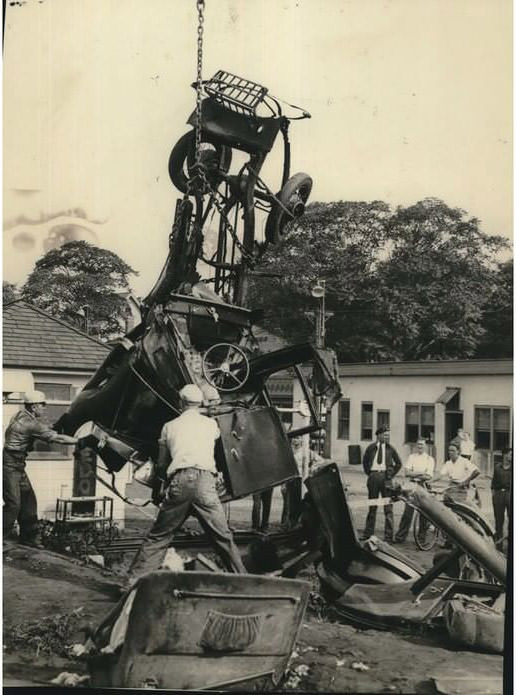
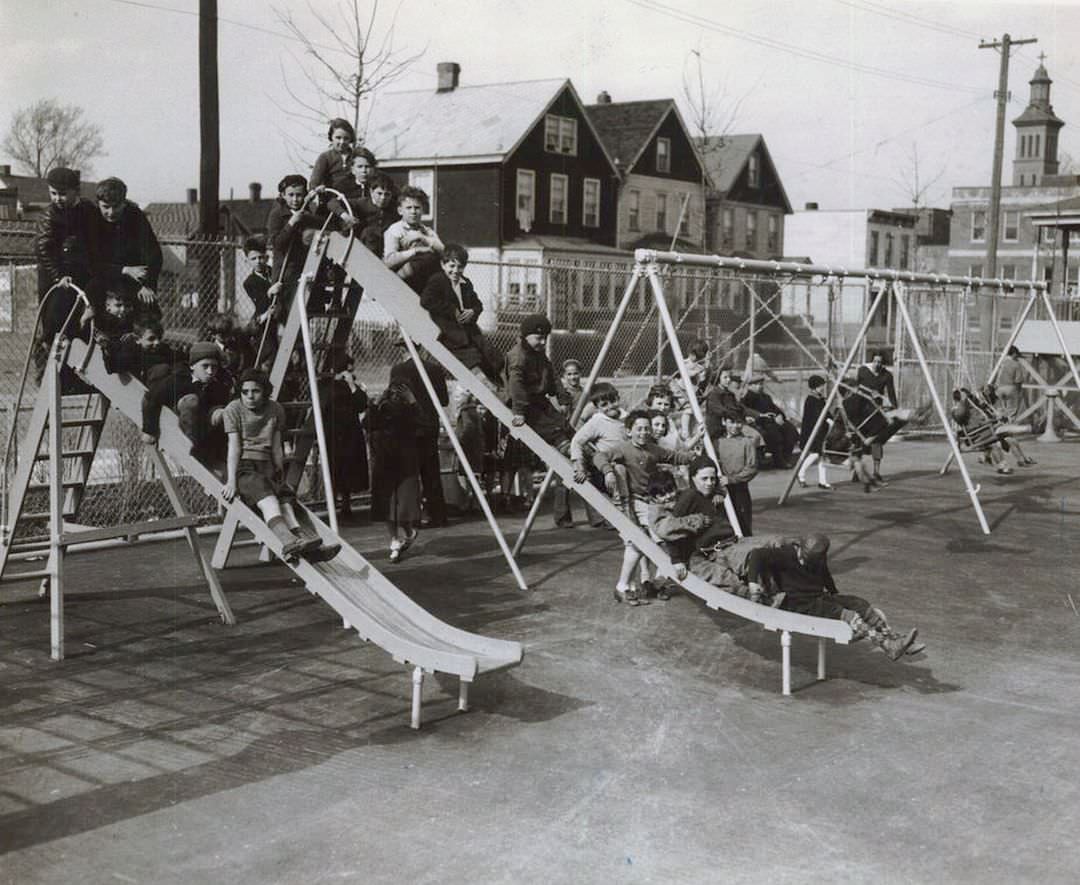
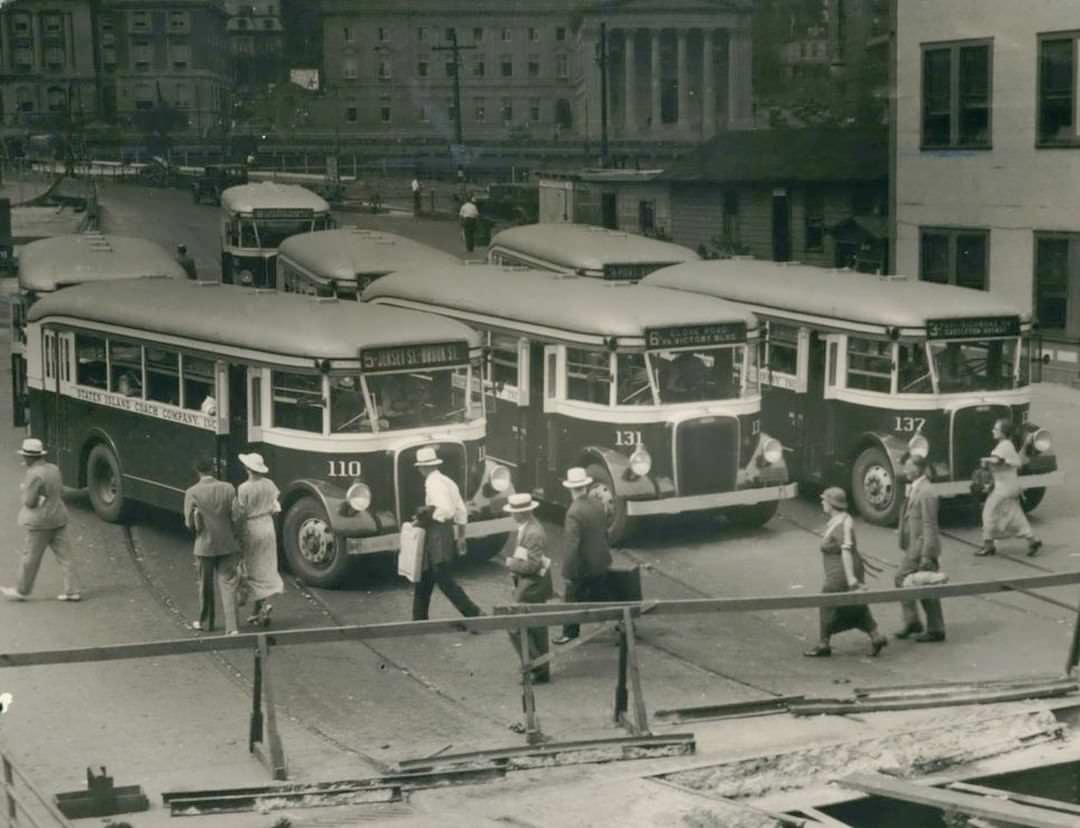
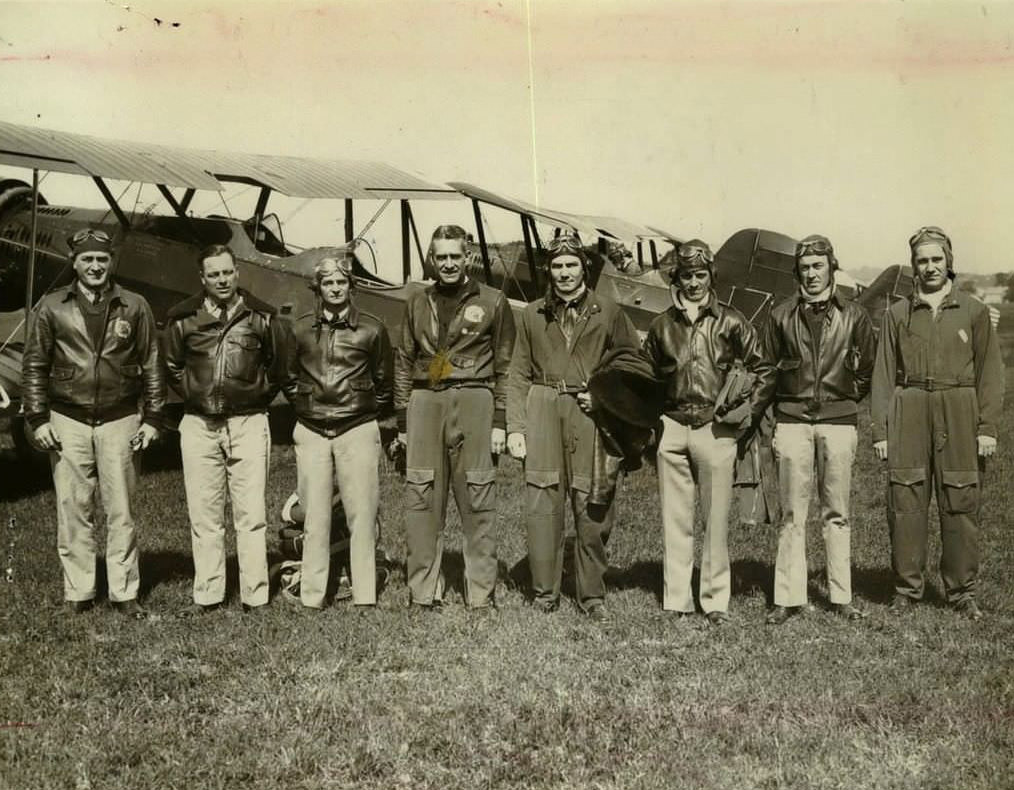
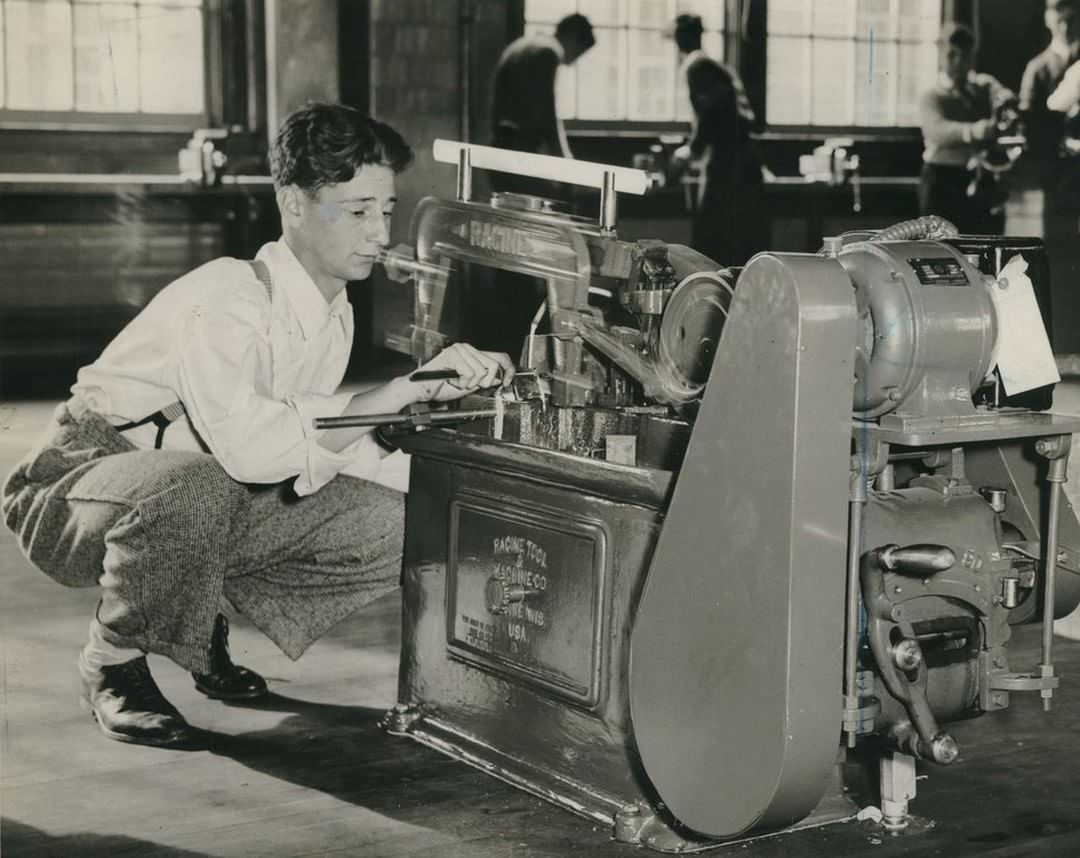
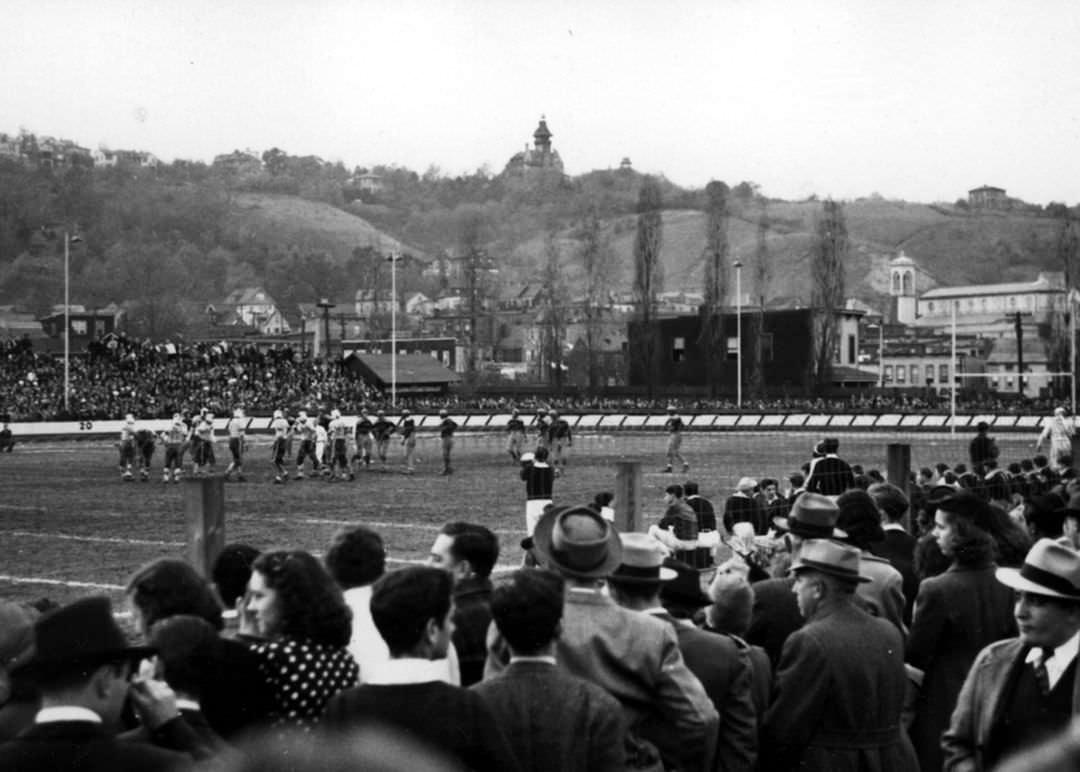
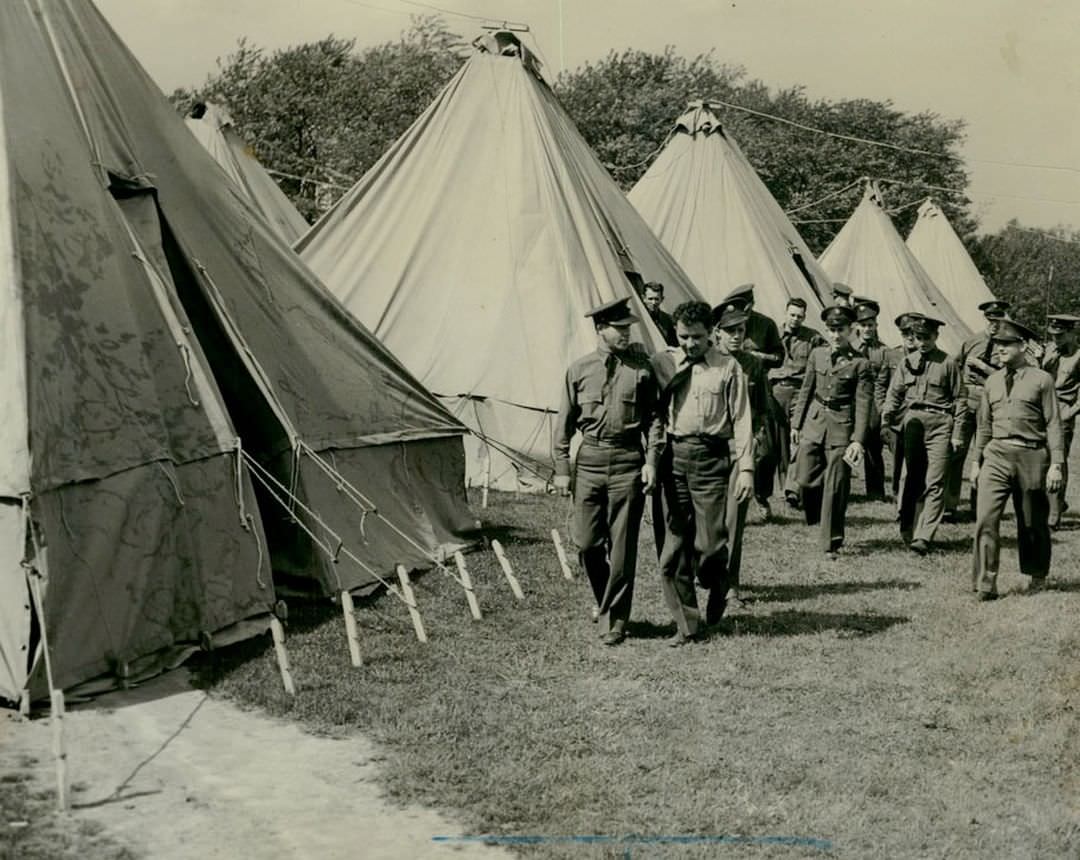
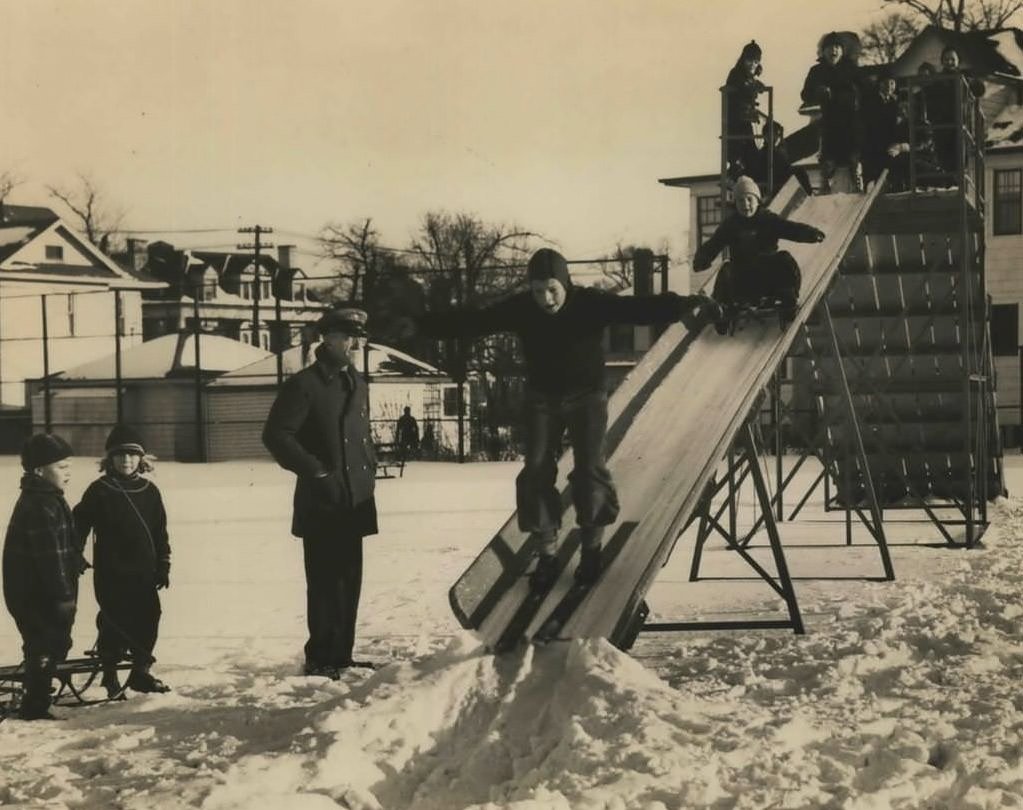
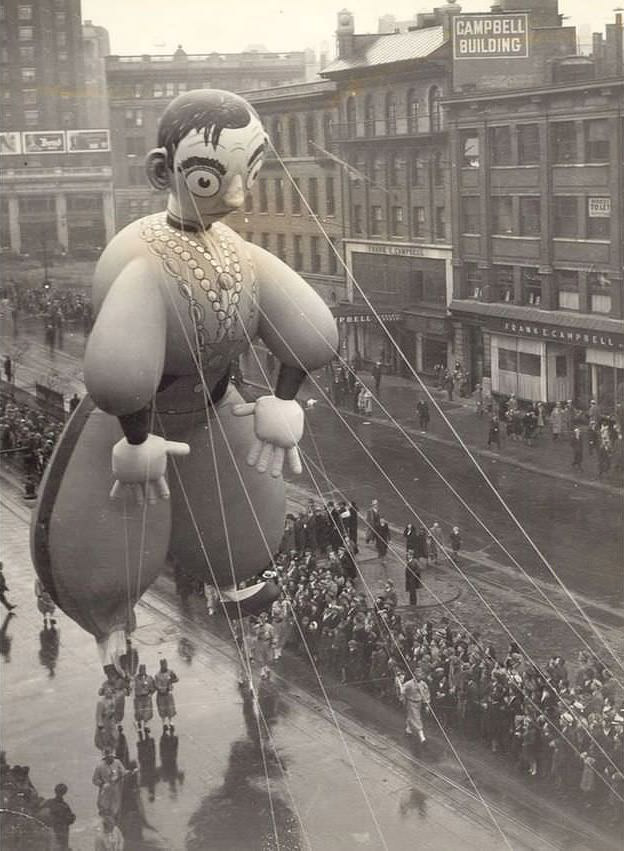
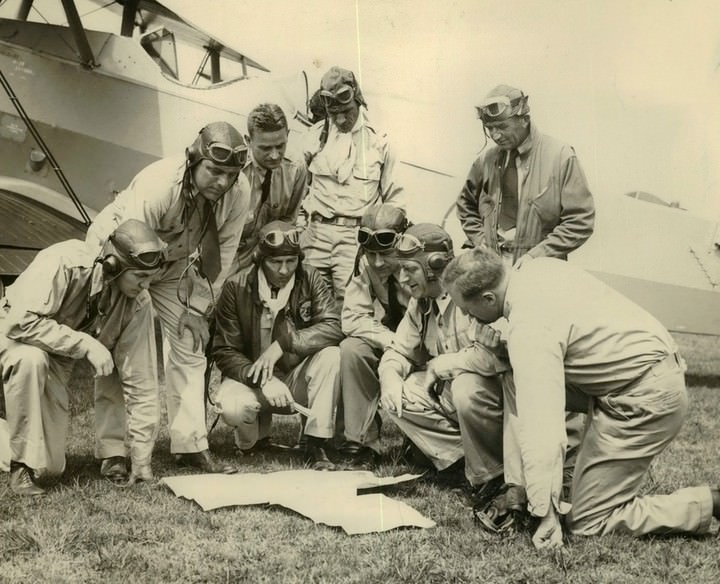
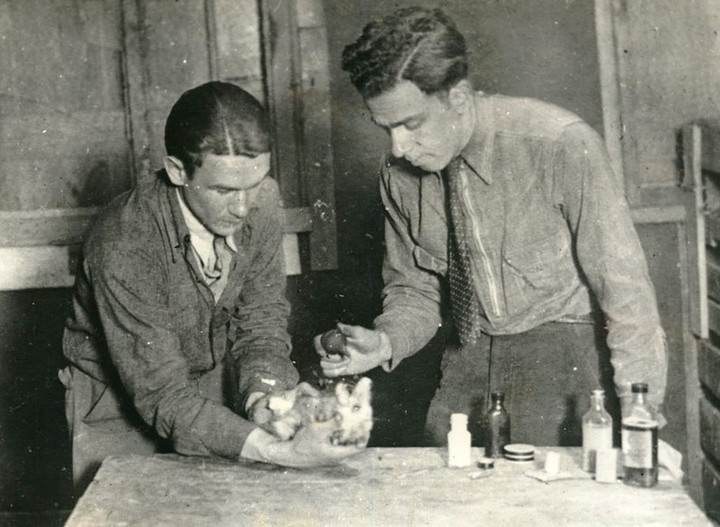
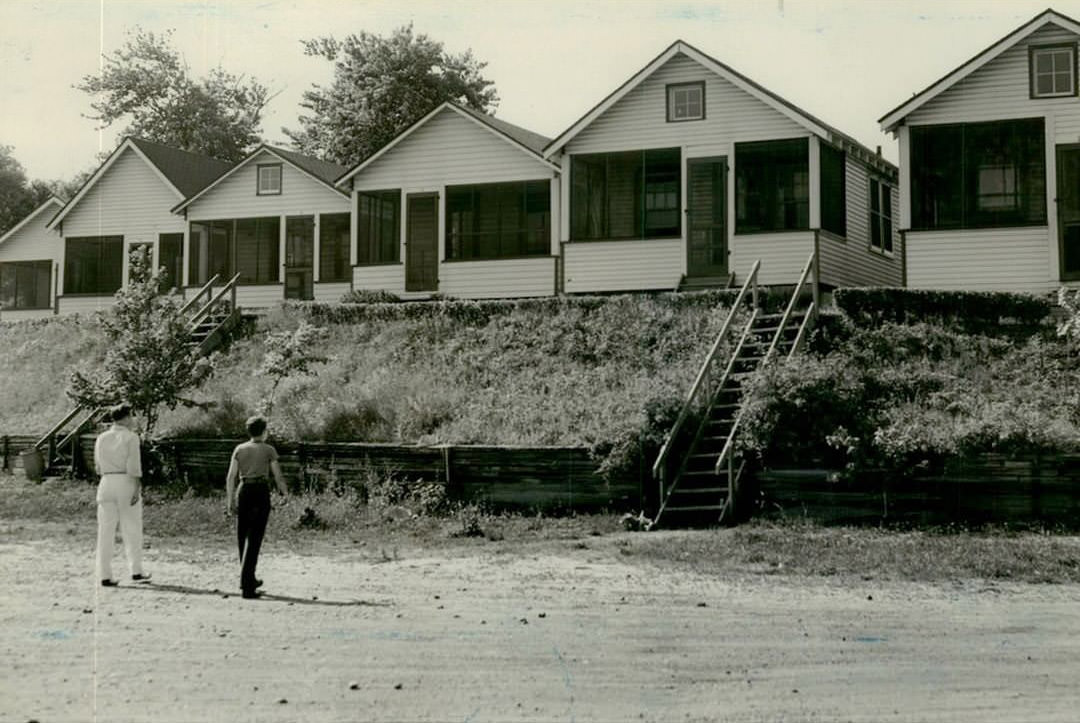
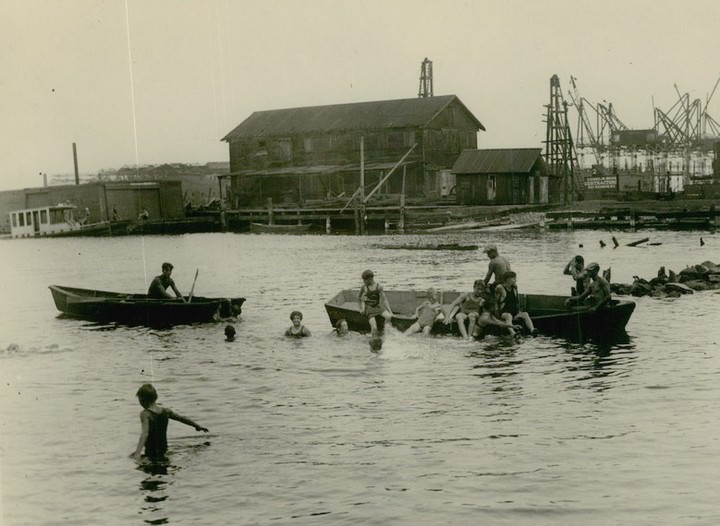



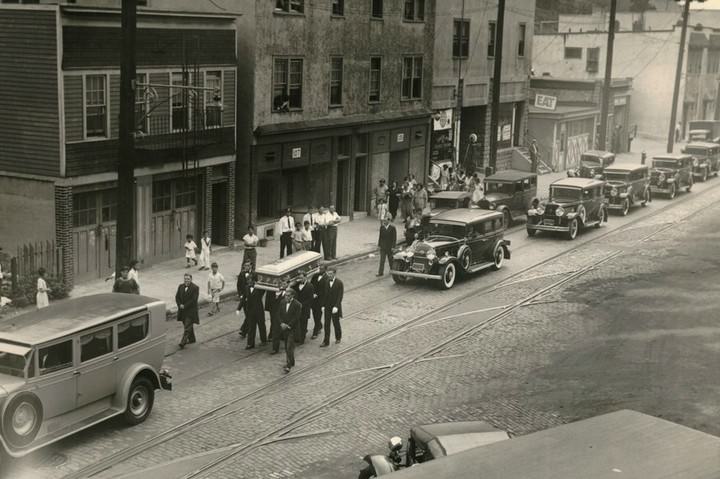
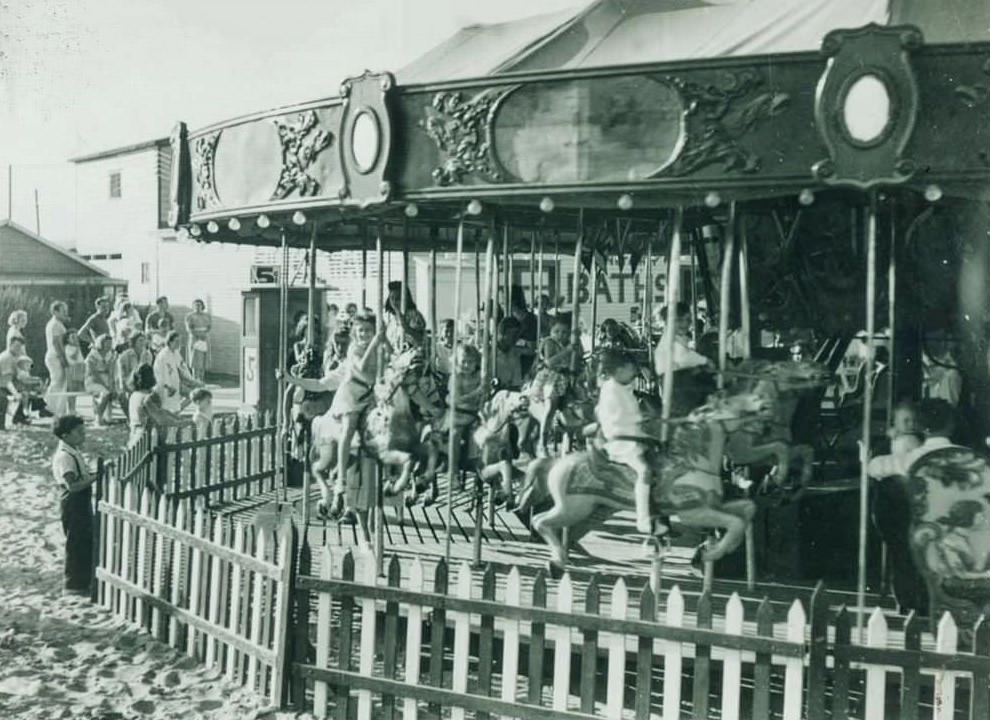
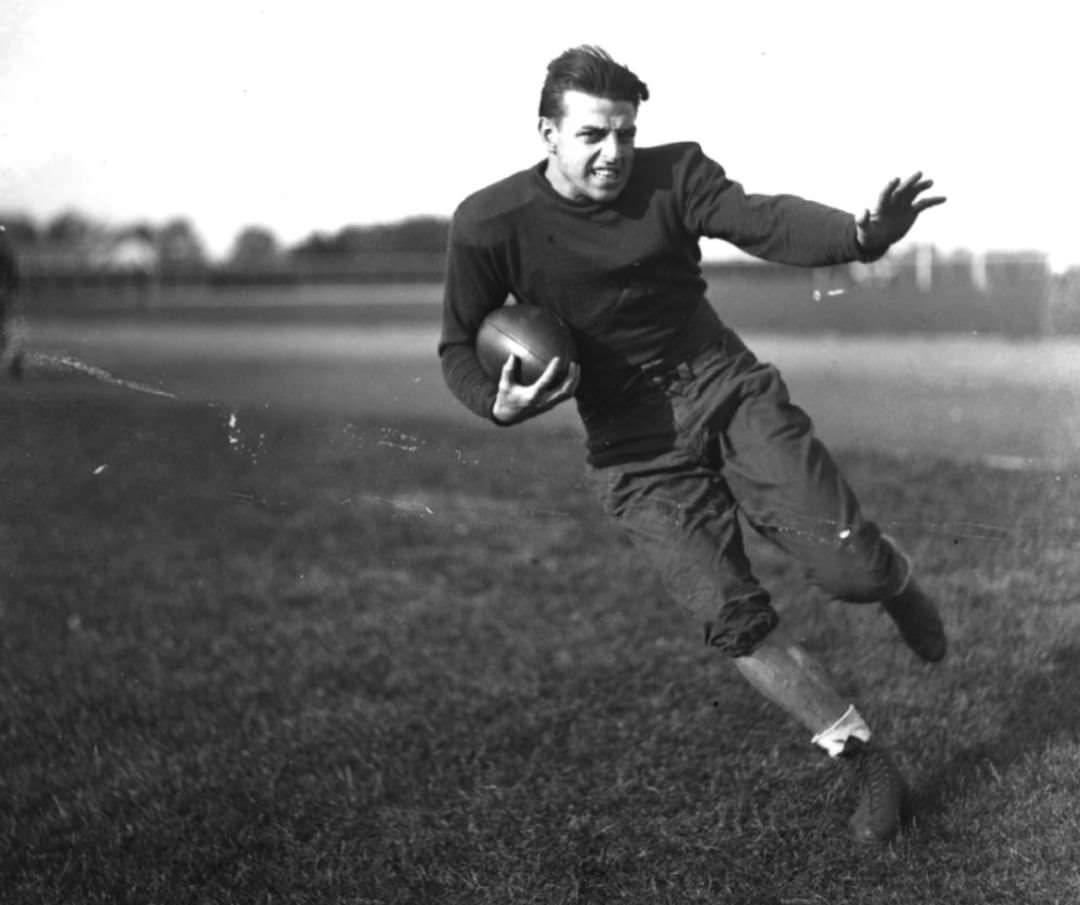
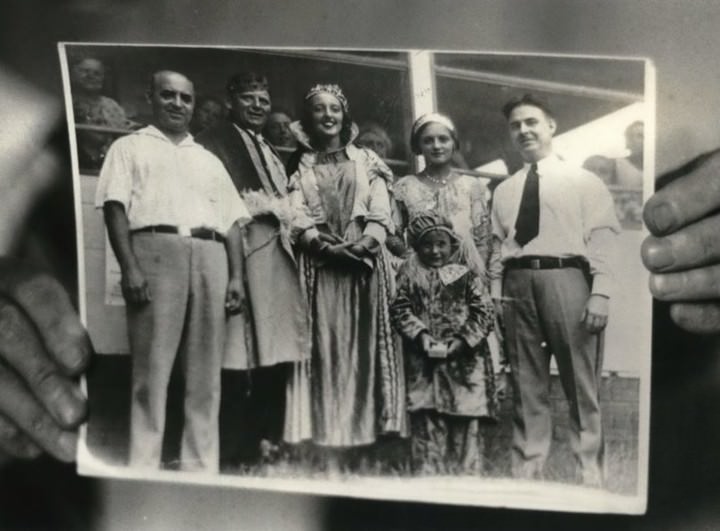
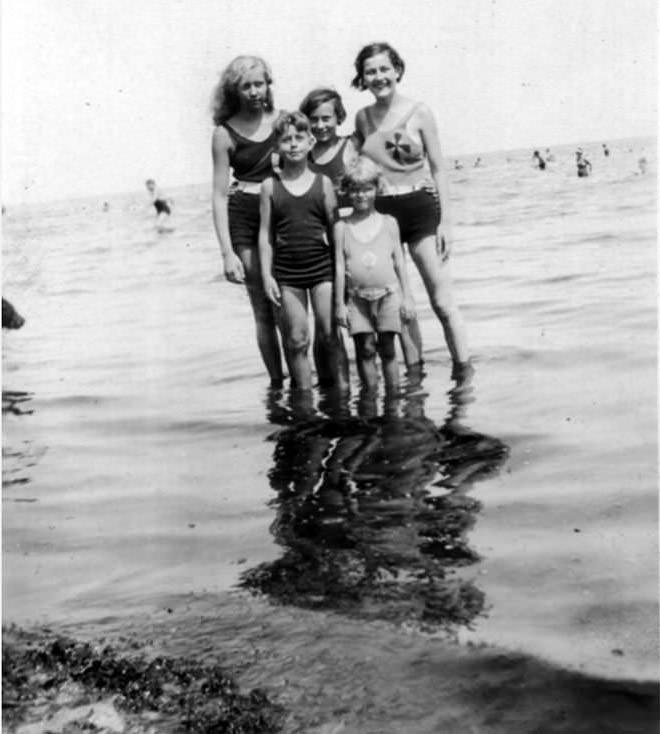
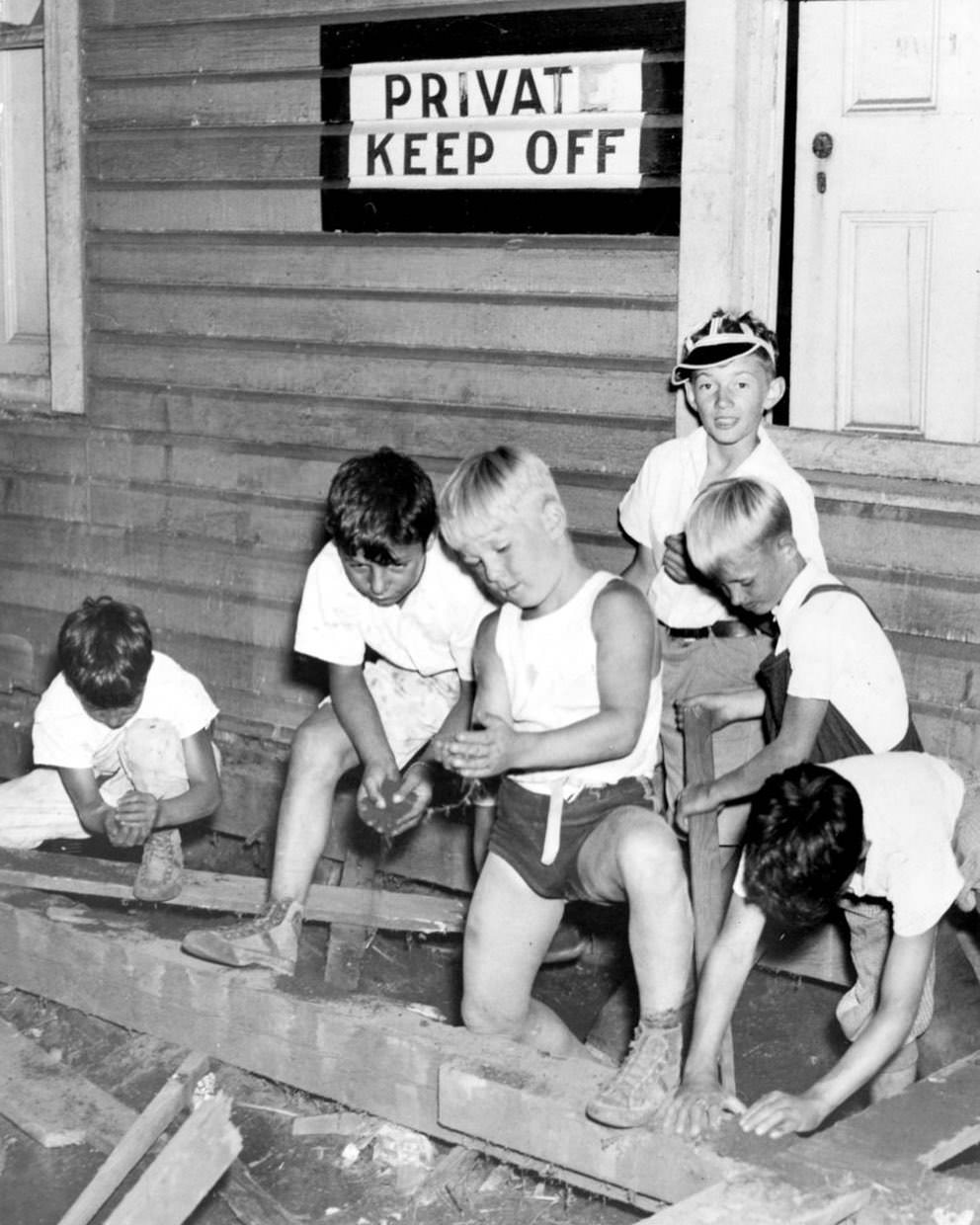
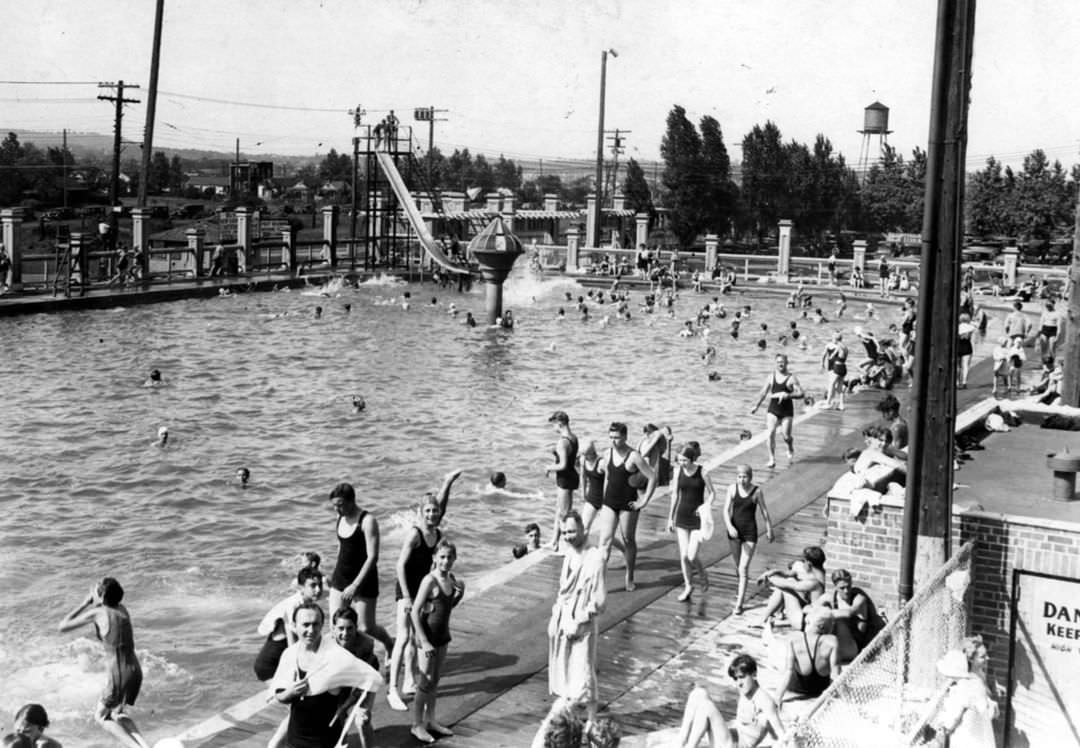
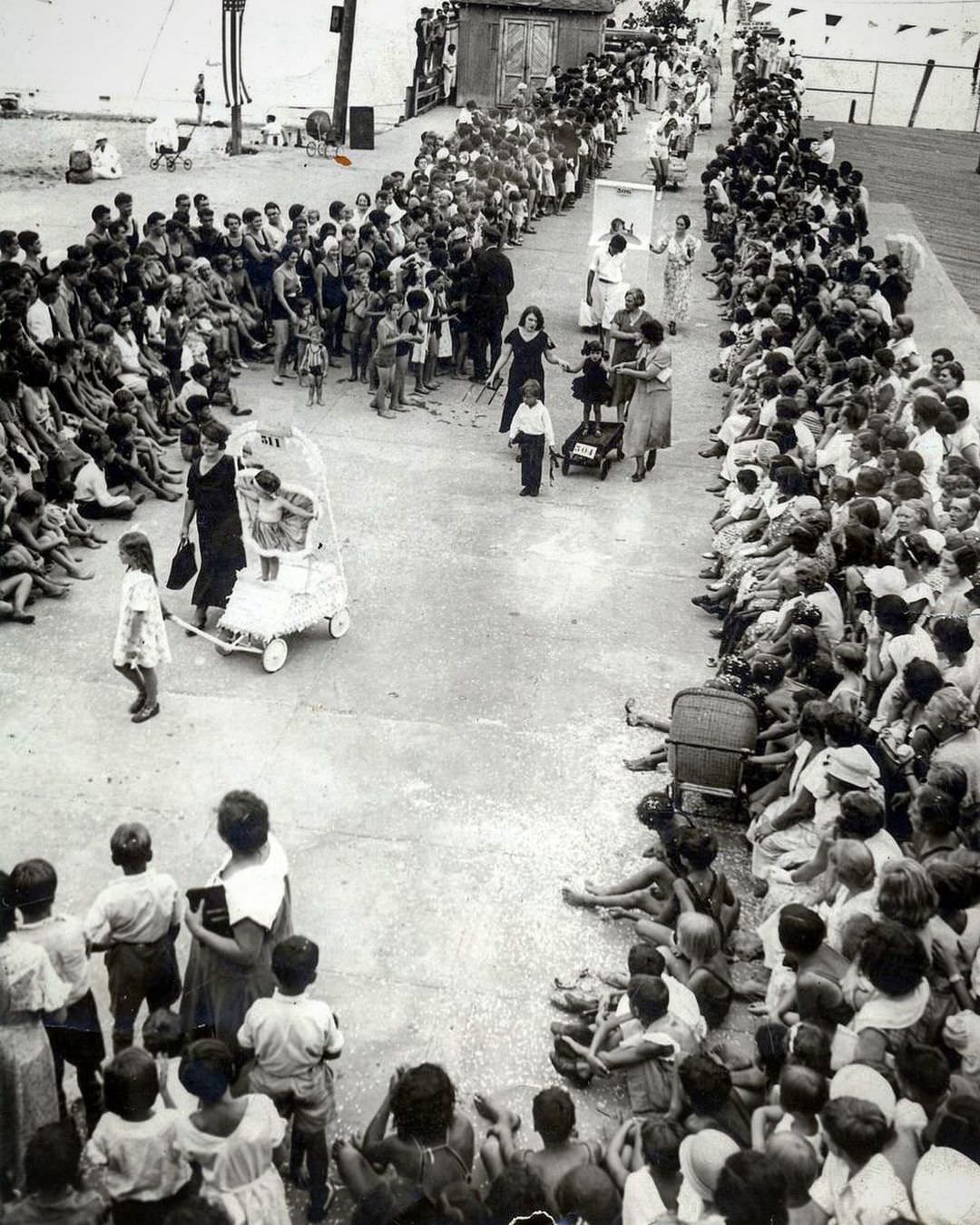
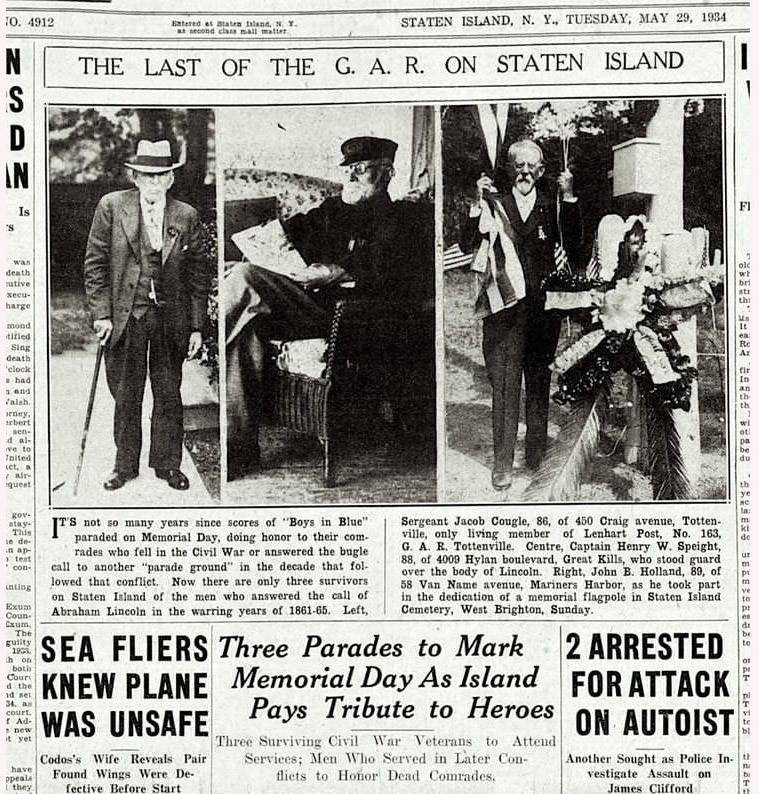
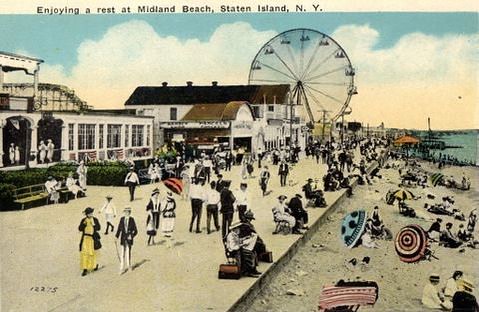
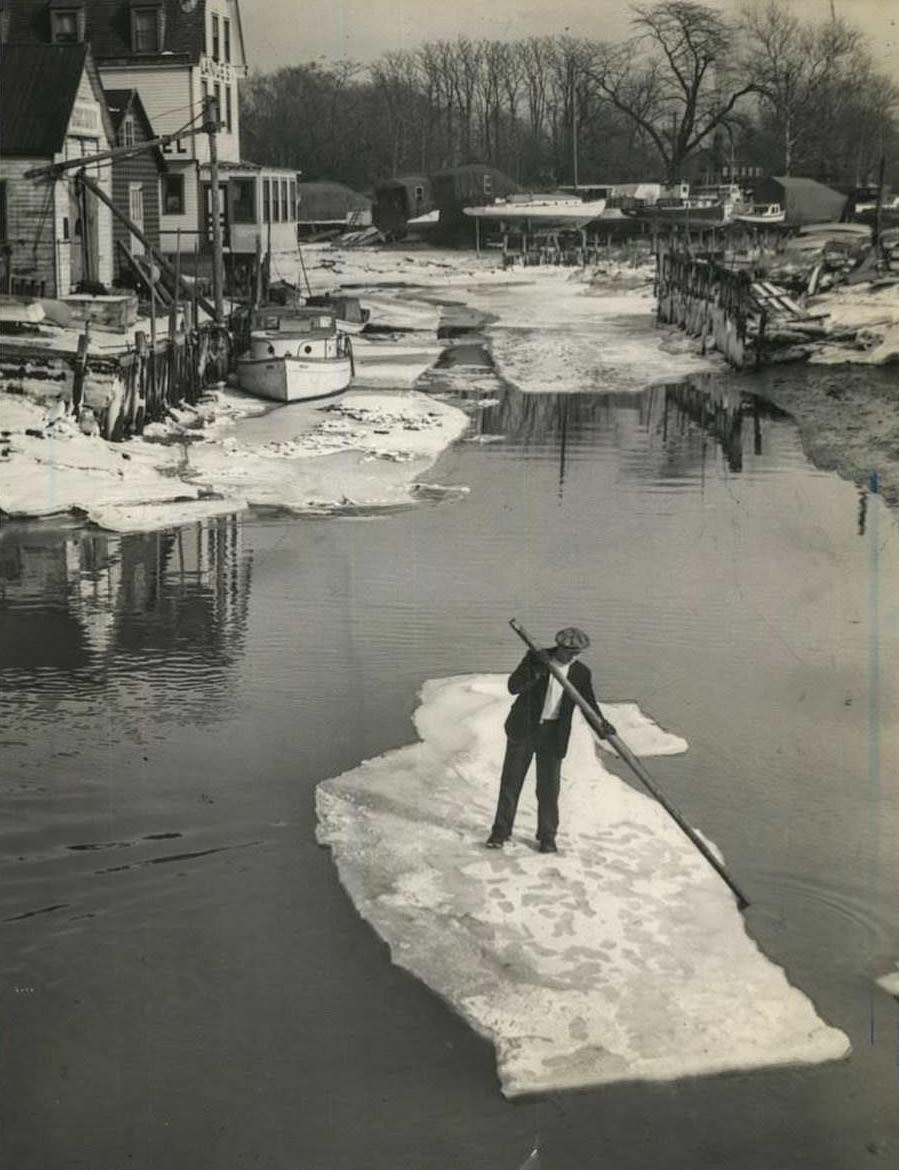
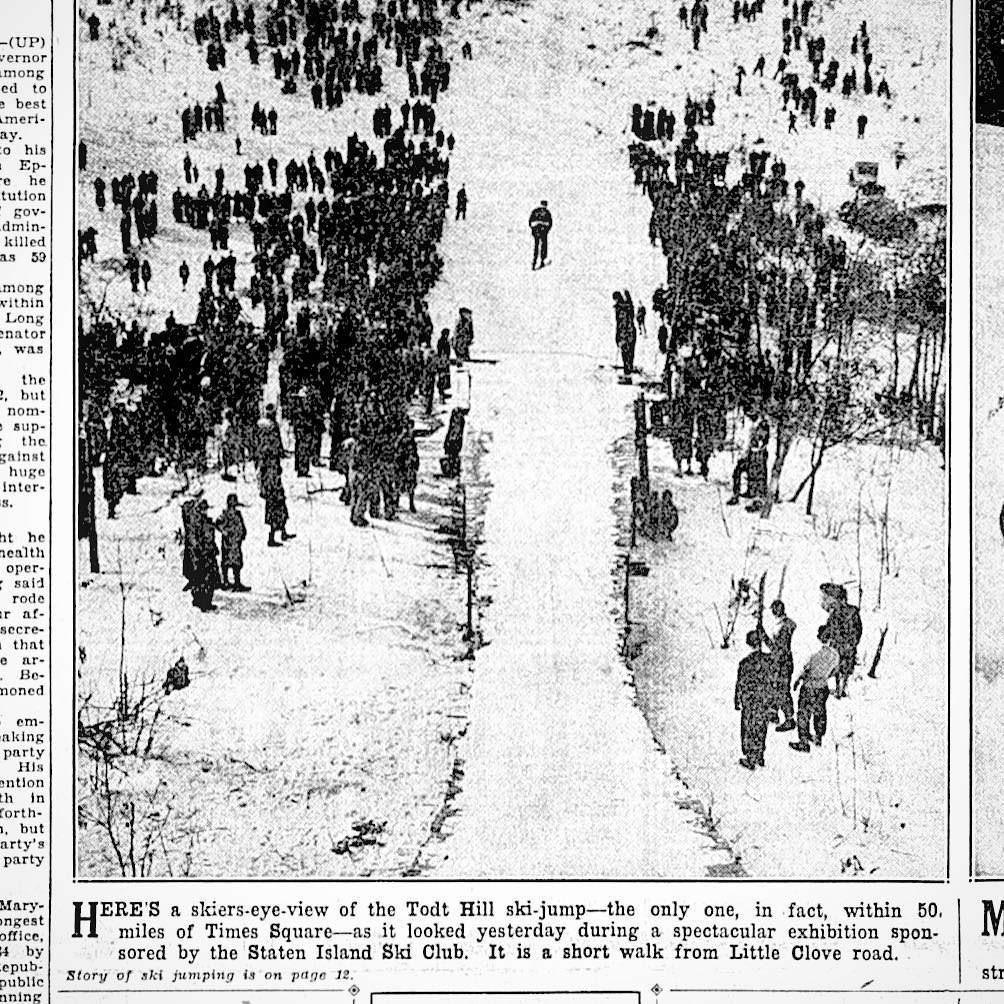

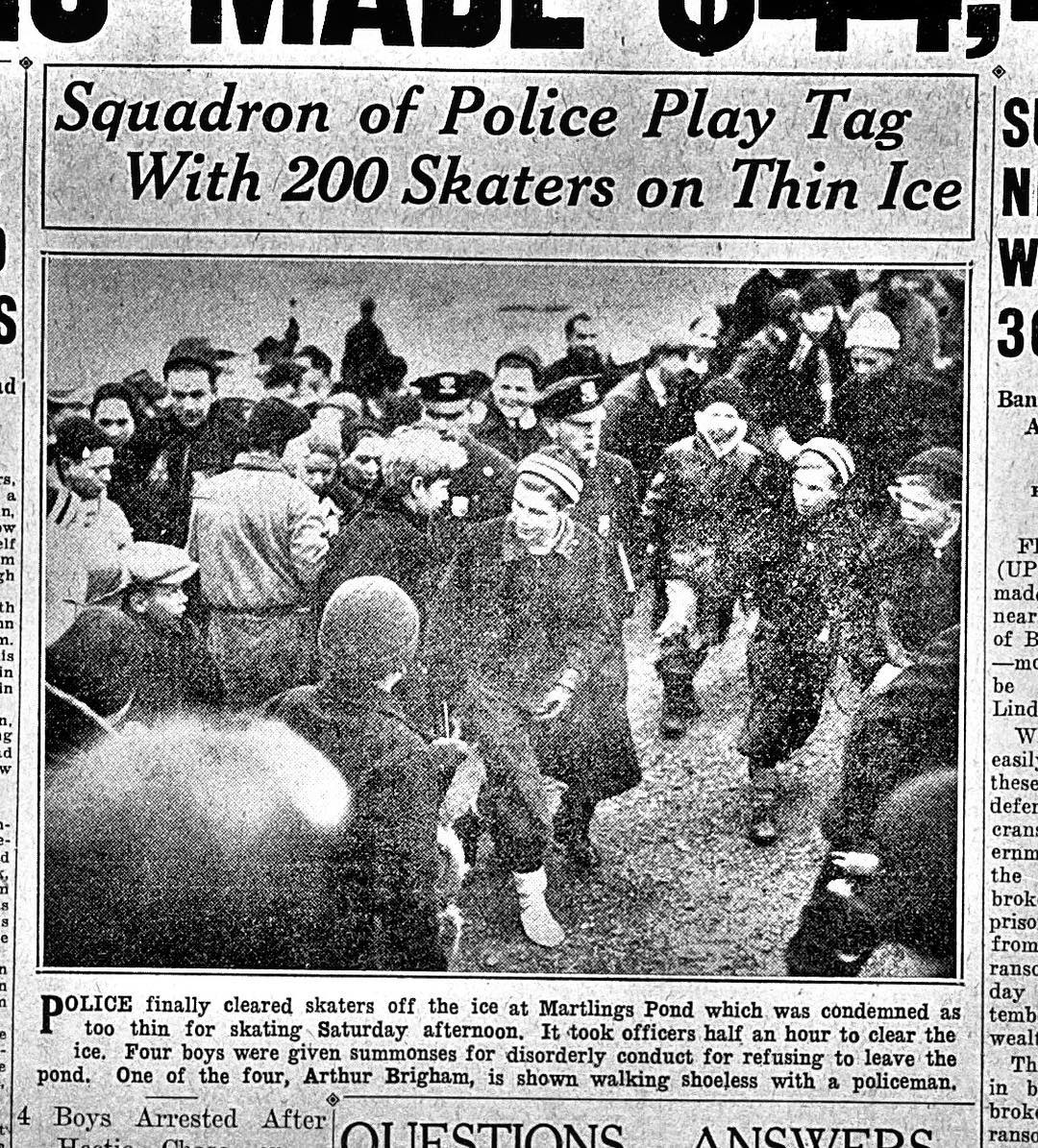
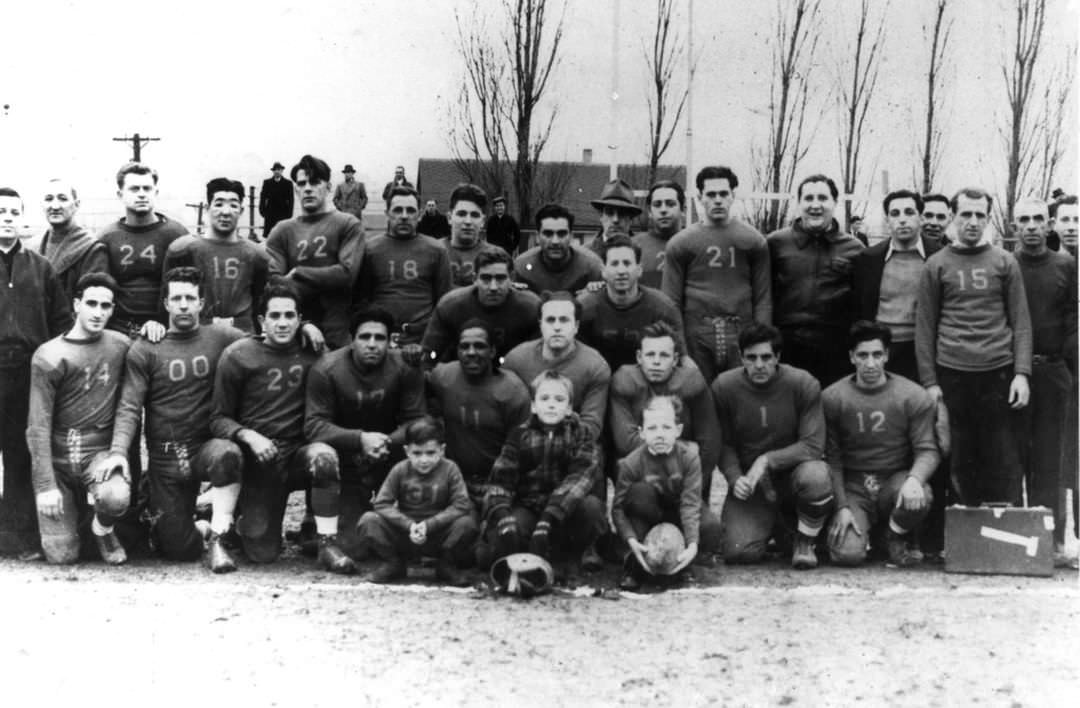
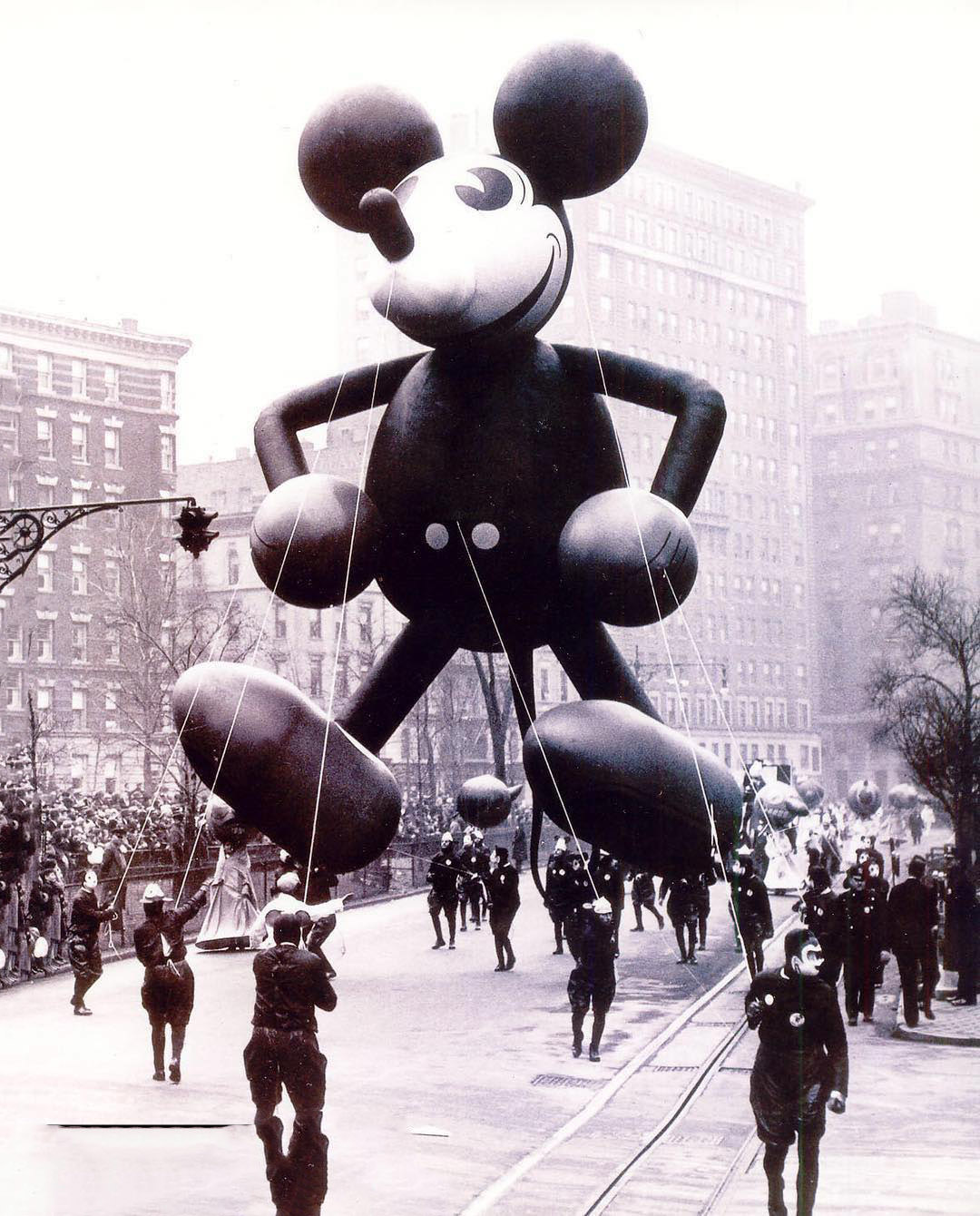
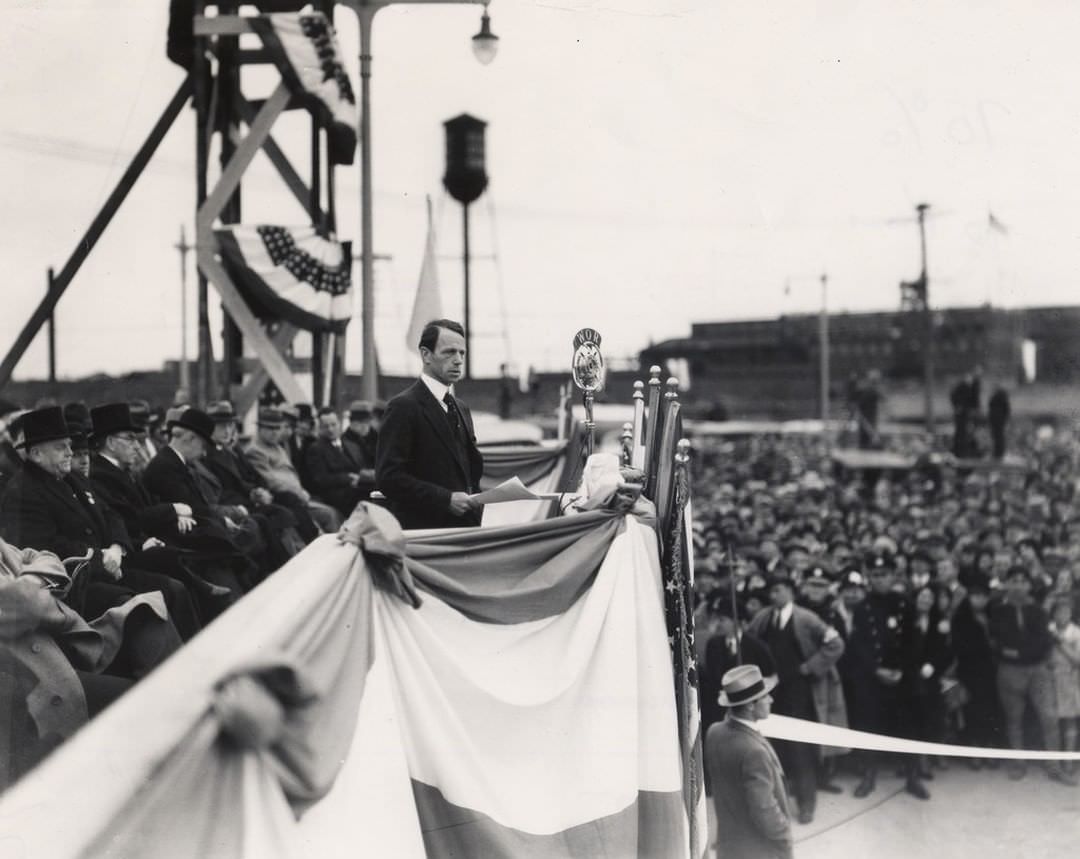
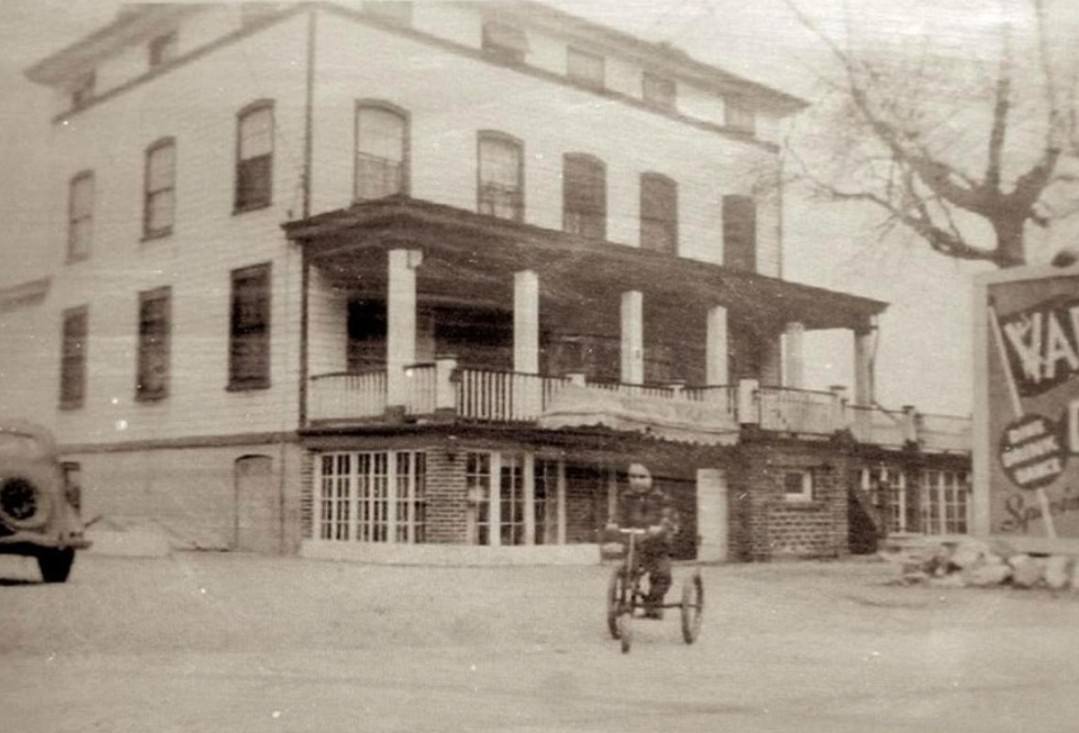

GIPHY App Key not set. Please check settings